On Dec. 11 of last year, 18-year old Tessa Majors was fatally stabbed while on an early evening walk through a park near campus. Majors had recently moved to New York from Charlottesville, Virginia to start her first year at Barnard College. Days later, a 13-year-old boy was arrested on charges including felony murder. On Feb. 15, a 14-year-old boy was arrested and charged with two counts of second-degree murder, one account of first-degree robbery and three counts of second degree robbery. Two months after the high-profile murder, the third suspect turned himself in to police on Feb. 19, and was charged with felony murder and robbery in the first and second degree. On the same day, the first two suspects were arraigned as adults in Manhattan Criminal Court. Both pleaded not guilty to a minimum sentence of five years to life in prison.
Under New York State law, prosecutors have the discretion to try defendants as young as 14 as adults in certain cases of violent crimes. In this case, trying the young suspects in adult court not only undermines the rehabilitative mission of the juvenile system, but it will deprive them of the protections usually offered in family court — these children usually receive longer sentences and harsher penalties.
In 2001, 13-year-old Lionel Tate was tried as an adult after murdering a six-year-old girl while allegedly imitating professional wrestling moves. Tate was sentenced to life in prison without the possibility of parole, making him the youngest person in American history to receive the punishment. Similar to the media frenzy around Major’s killing, this story highlights a massive shortcoming in our criminal justice — the legal construction of juvenile crime. Allowing juveniles to be tried in adult courts is damaging to those children and undermines the mission of our criminal justice system.
In 2005, the Supreme Court ruled in Roper v. Simmons that children under the age of 18 are not eligible for the death penalty. In Simmons, the justices crucially pointed out that “[a juvenile’s] irresponsible conduct is not as morally reprehensible as that of an adult.” As juveniles struggle to define their identity, there exists a greater possibility that a minor’s character can be reformed through the justice system. The Court recognized the lessened culpability juveniles have as a result of their developing brains five years later in Graham v. Florida, which banned life-without-parole sentences for juveniles convicted of non-homicide offenses. As the Court slowly chips away at the unduly harsh punishments onto juveniles, it is crucial for legislators to expedite the process.
In tandem with this ruling, nearly 200,000 juveniles enter the adult criminal justice system each year. On any given day, some 4,500 children are housed in adult jails. Of those 4,500 children, they are 36 times more likely to commit suicide than those in juvenile facilites. They are at the highest risk of being sexually assaulted while incarcerated. Incarcerating youth has been shown to slow the natural process of aging out of delinquency, exacerbate any existing mental illness and diminish their future success in the labor market. Additionally, by being deprived of a primary education — a factor shown to deter crime — youth placed in adult prisons had 34% more rearrests.
The federal government has attempted to improve some of these factors by recommending juveniles get educational, psychological and vocational services that only juvenile detention centers can provide. However, rather than providing these essential services, some states have instead opted to ship their child detainee to other states. This rips these children away from their friends and families, and may cause them to lose access to their lawyers, leaving them even more powerless.
We maintain a separate set of courtrooms and laws for juveniles and adults because we recognize, time and time again, the mental capabilities of these two groups are fundamentally different. Our wavering commitment to these principles by trying children as adults when we deem the crime heinous enough undermines the legitimacy of our criminal justice system. We should be striving for a society that builds bridges of opportunities for children, not burn them. It’s disturbing to witness our legal system — one that doesn’t trust children to vote, serve on a jury, get married or drive and shield youth from getting sued and participating in the stock market — condemn those same children to be locked away for life.
The untimely death of Tessa Majors is clearly a tragedy, and our community suffered an immeasurable loss of the extinguishment of a soul too young. But trying the young perpetrators for her murder as adults is not justice. It’s crucial to keep the words given by the Neighborhood Defender Service in mind when we evaluate the best course of action to punish the perpetrators:
“[He is] a 14-year-old child with no criminal record or family court history. He should not be charged as an adult. In our shared history, we have seen too often the impact of hasty condemnations of children. Let us take these past experiences as a warning and allow due process to play out in our young client’s case, so that justice can prevail.”
Opinions expressed on the editorial pages are not necessarily those of WSN, and our publication of opinions is not an endorsement of them.
A version of this article appears in the Monday, Mar. 2, 2020, print edition. Email Emily Dai at [email protected].

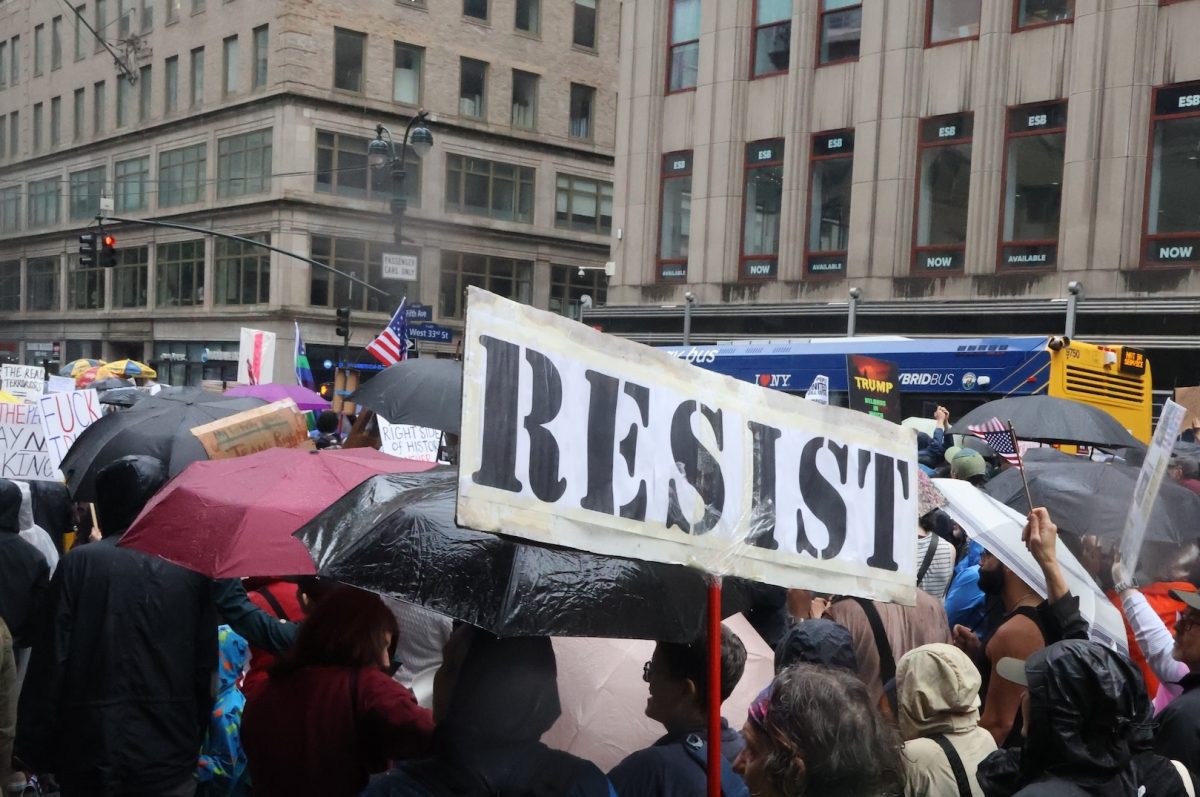




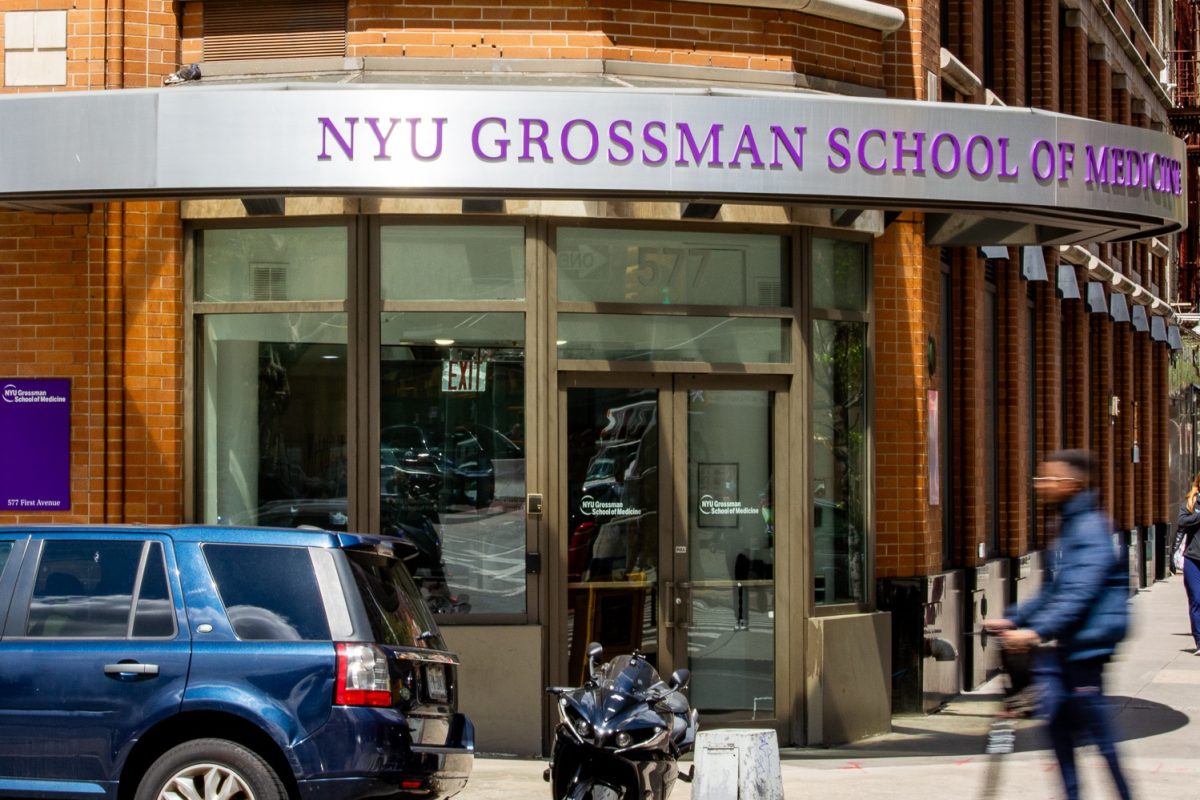

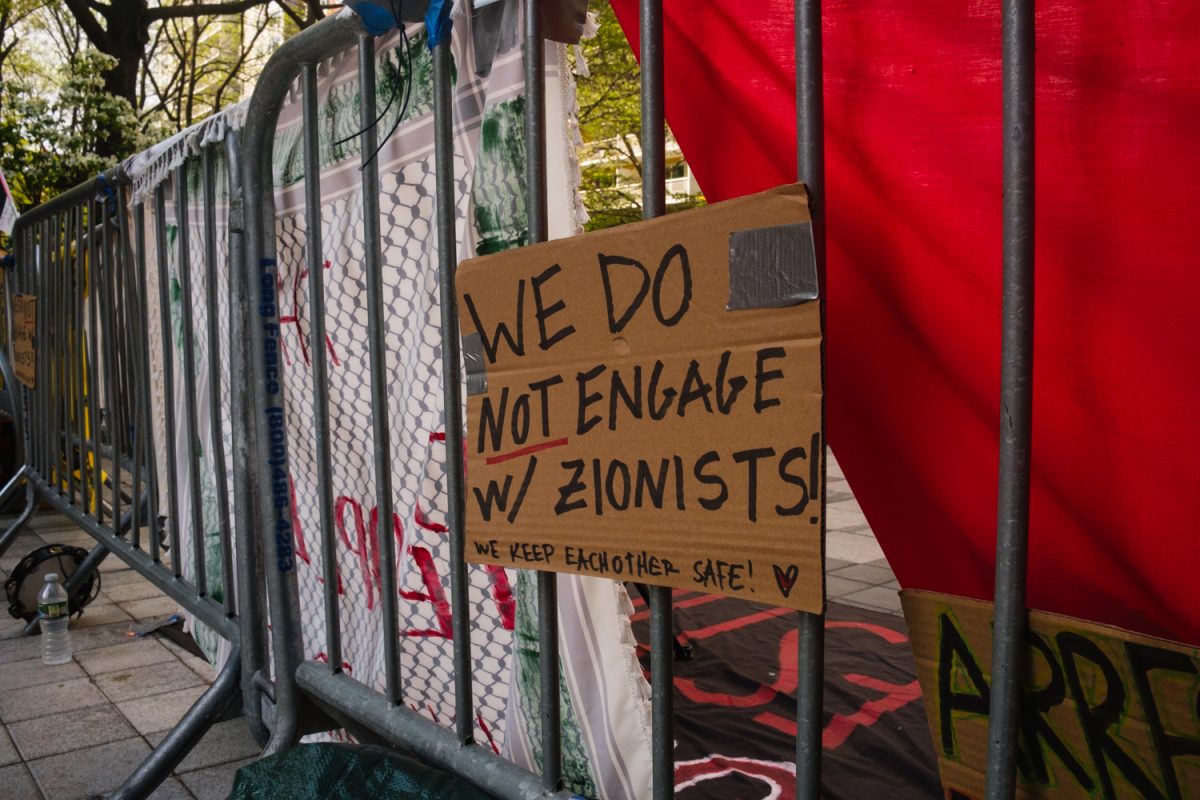
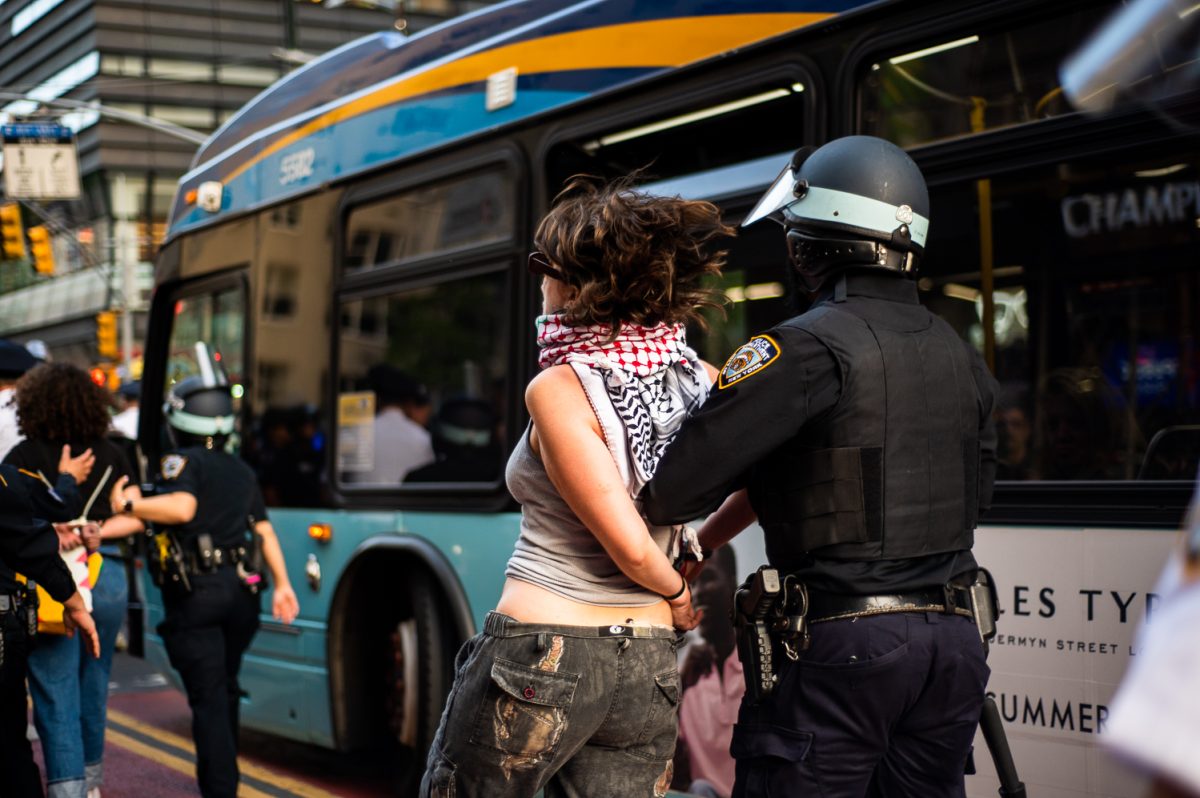
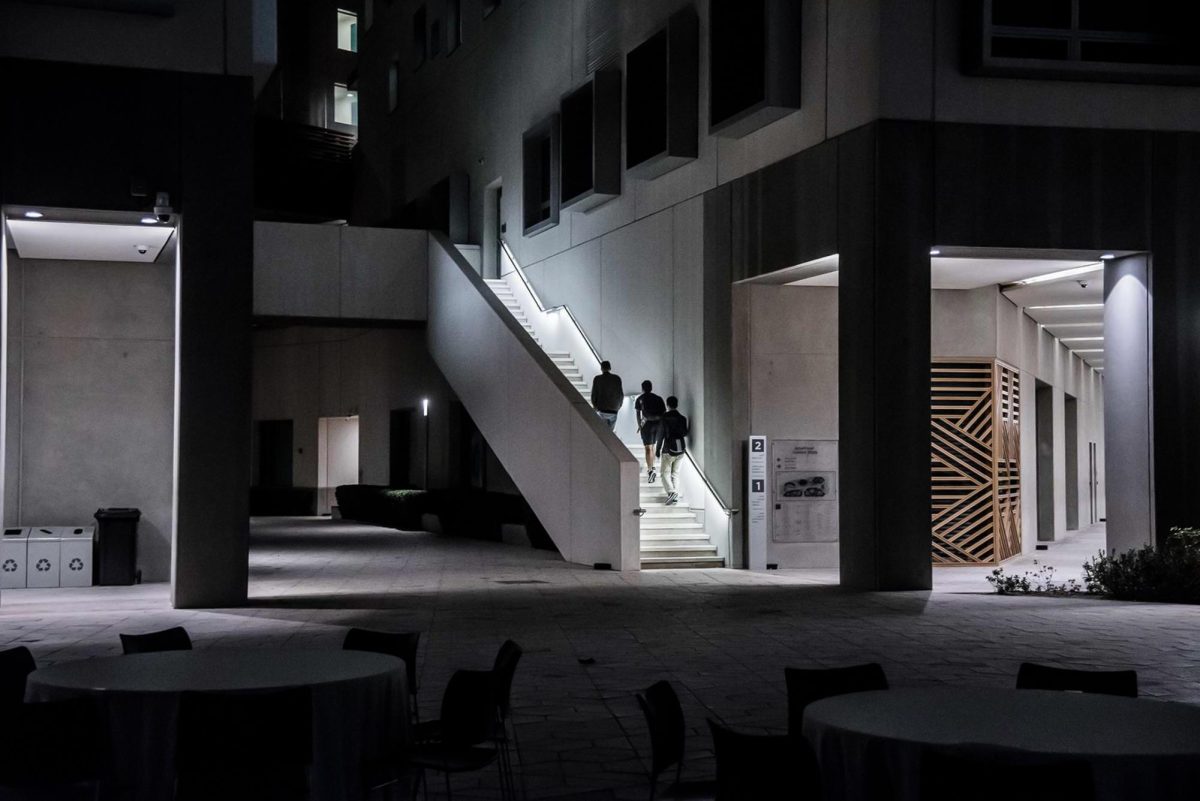
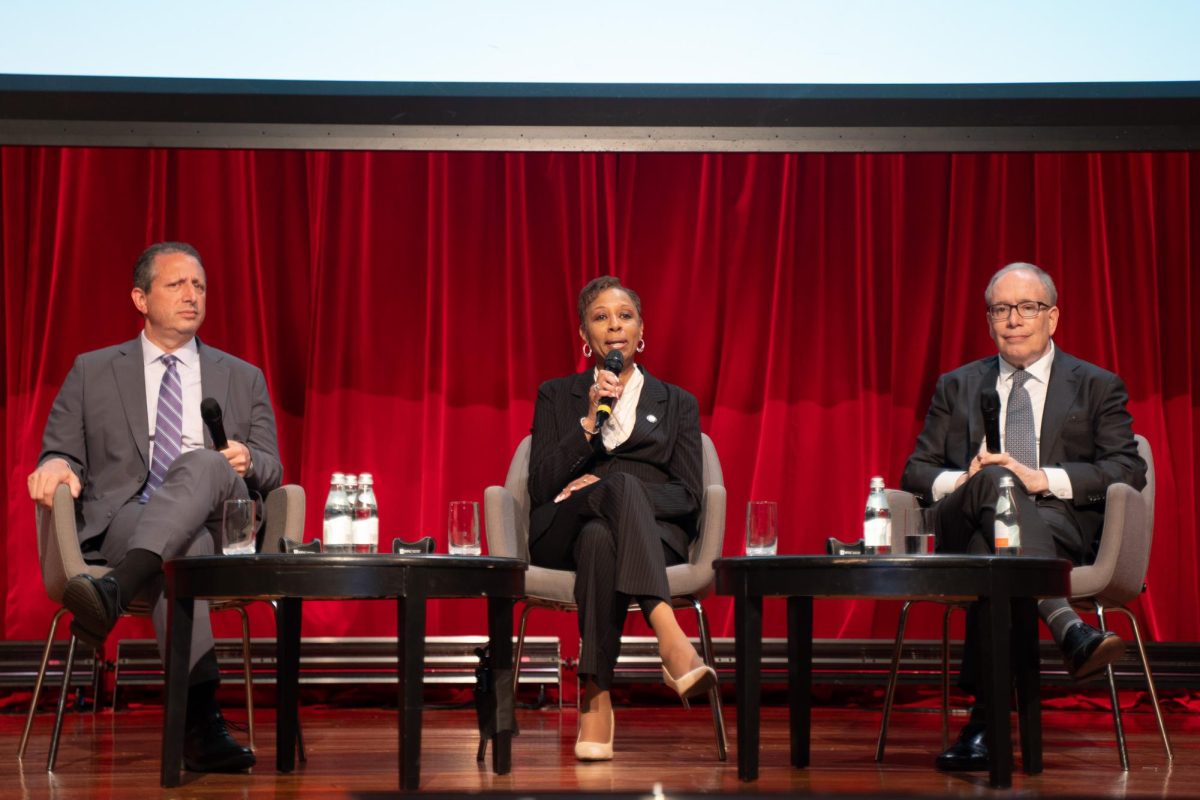

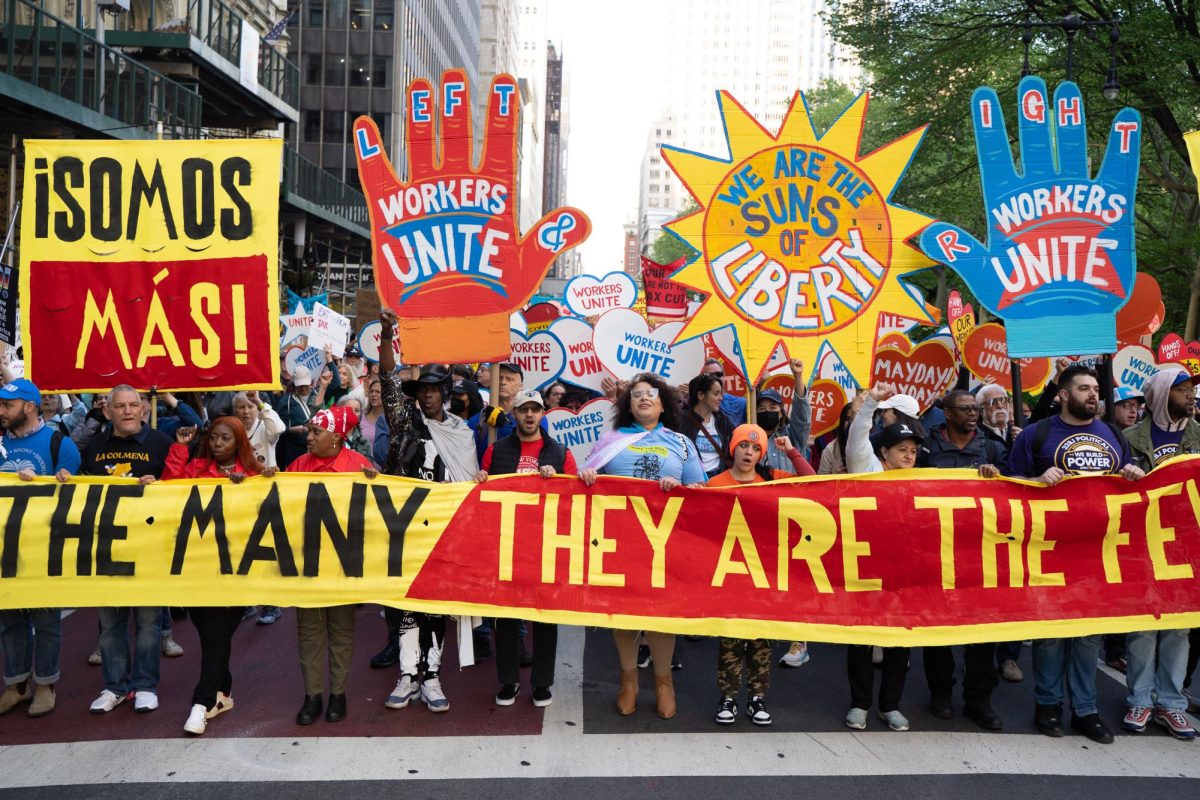



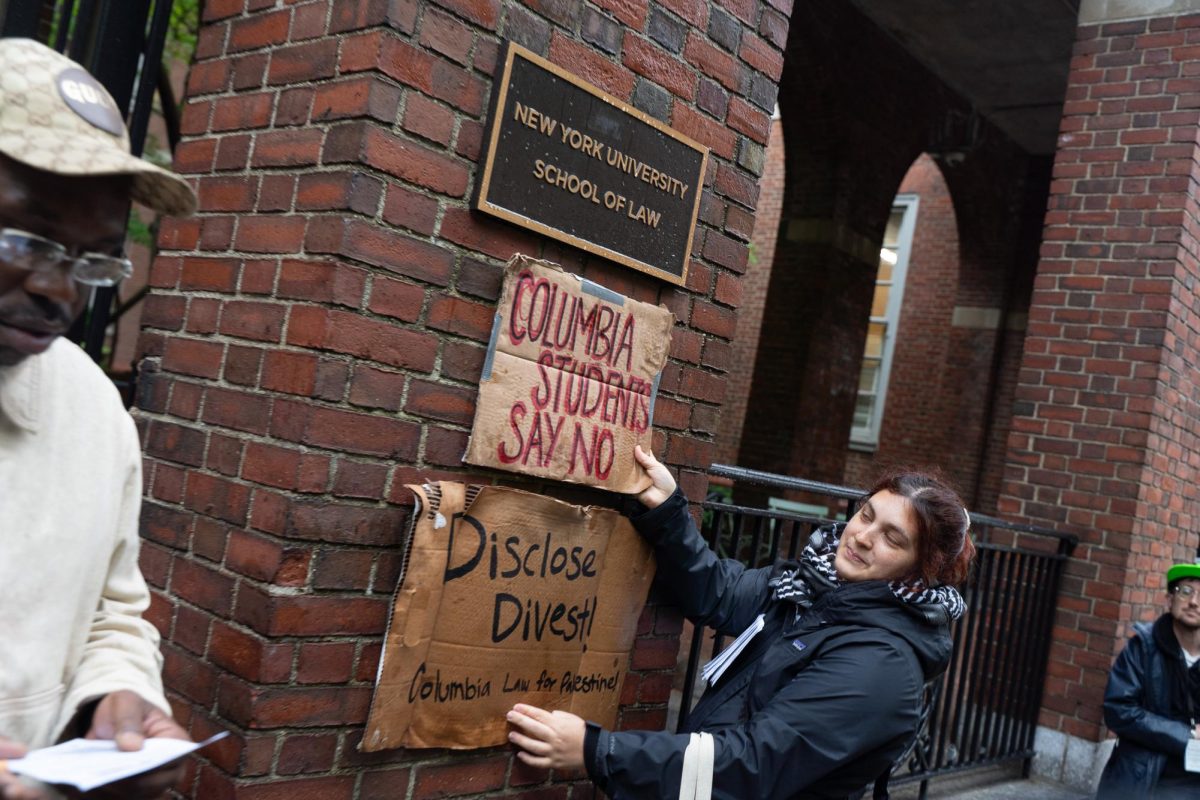
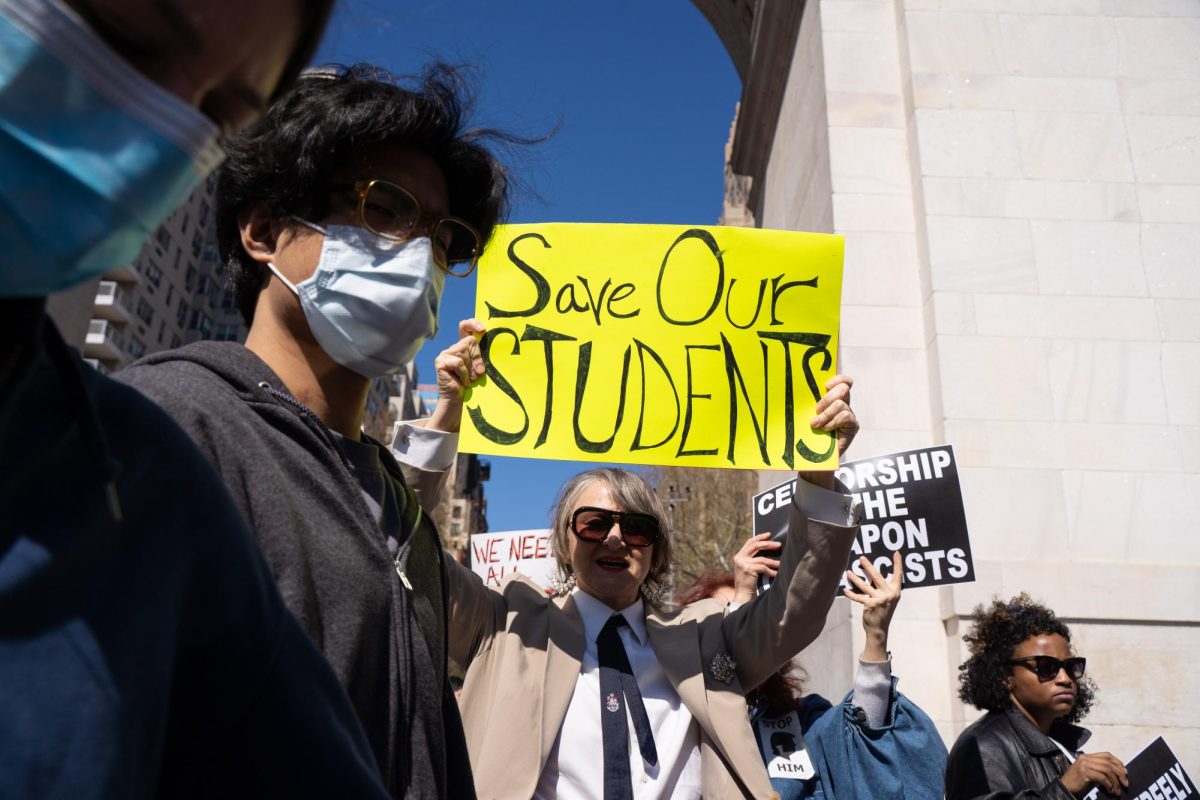


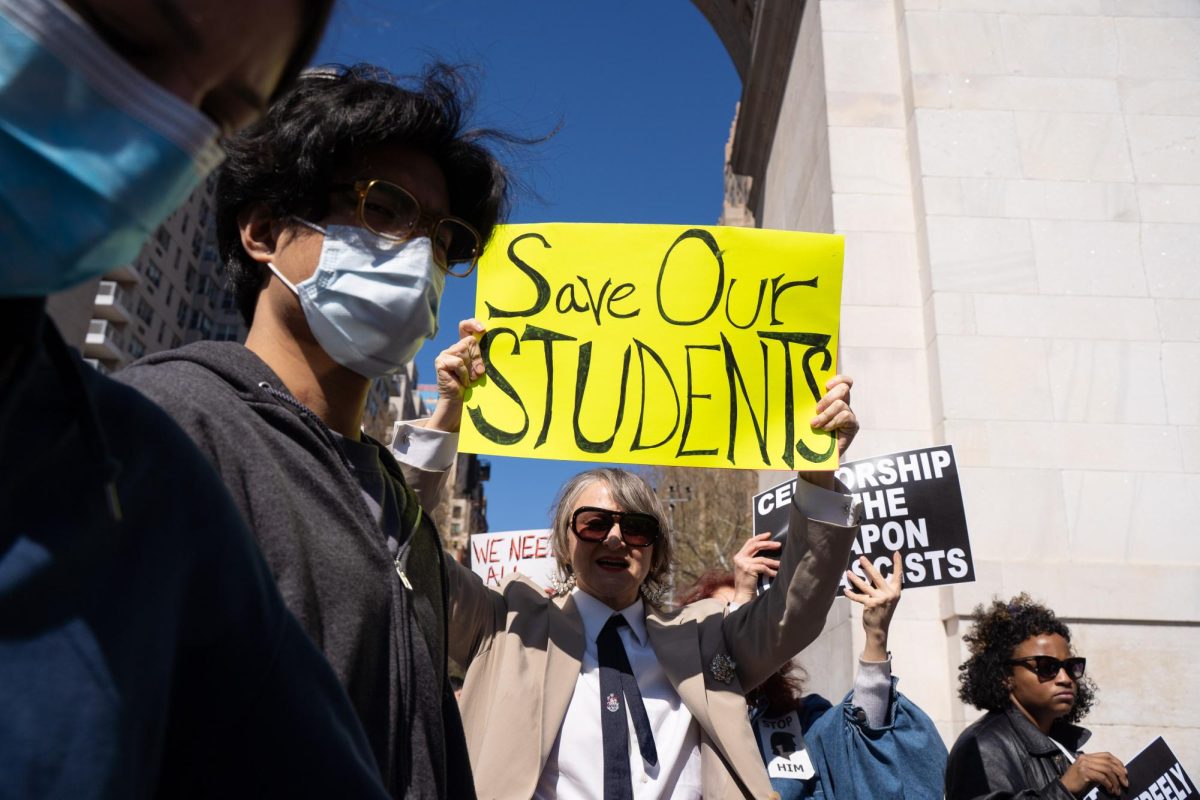

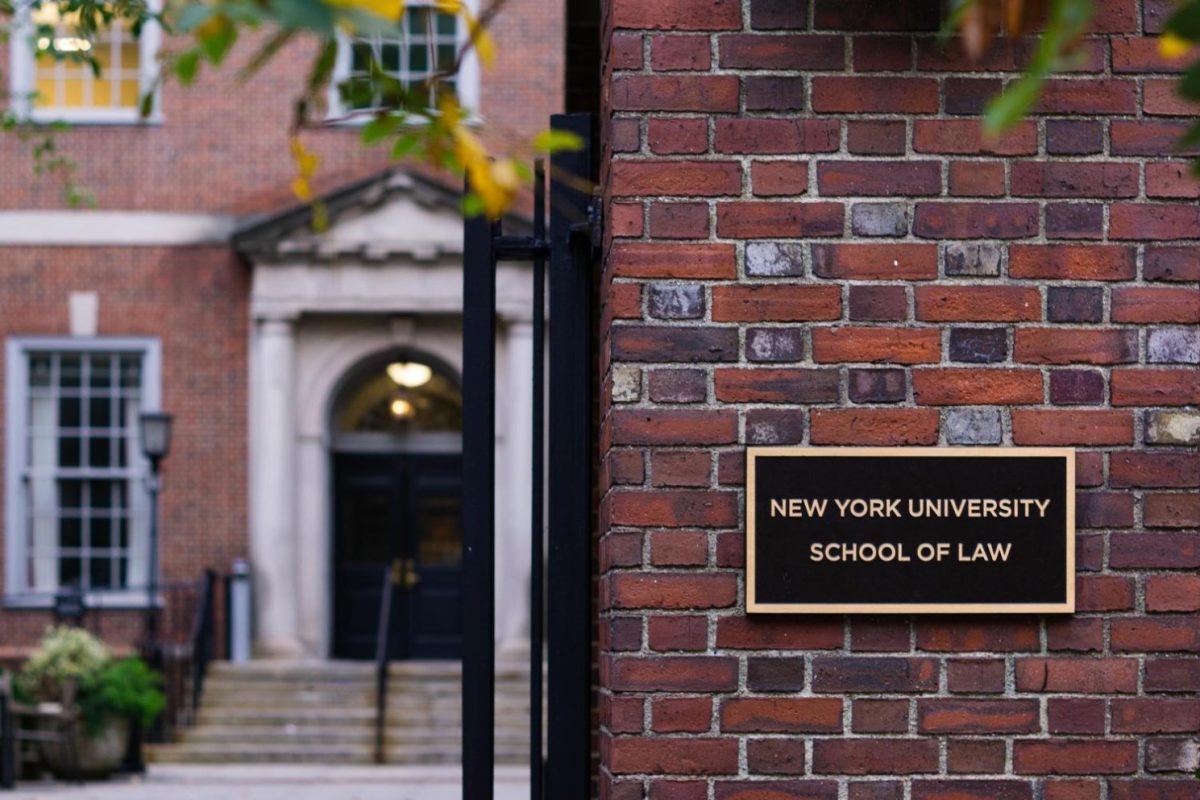

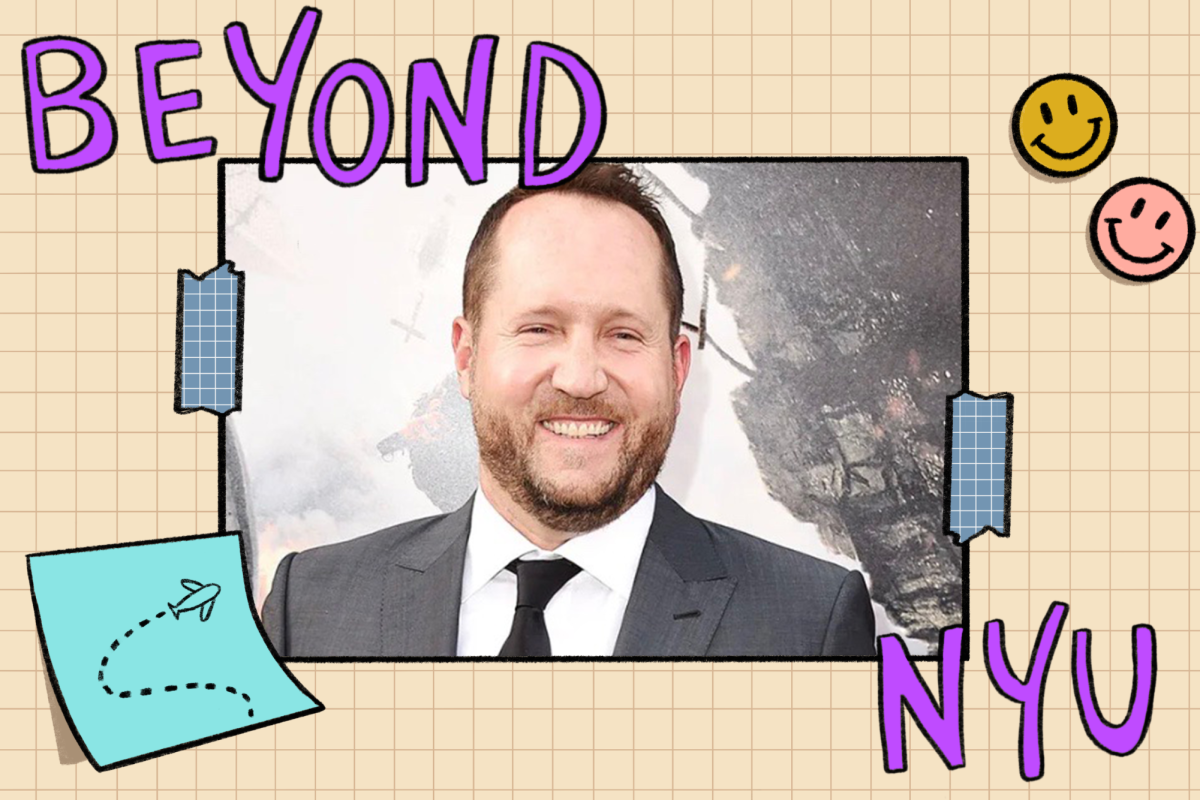









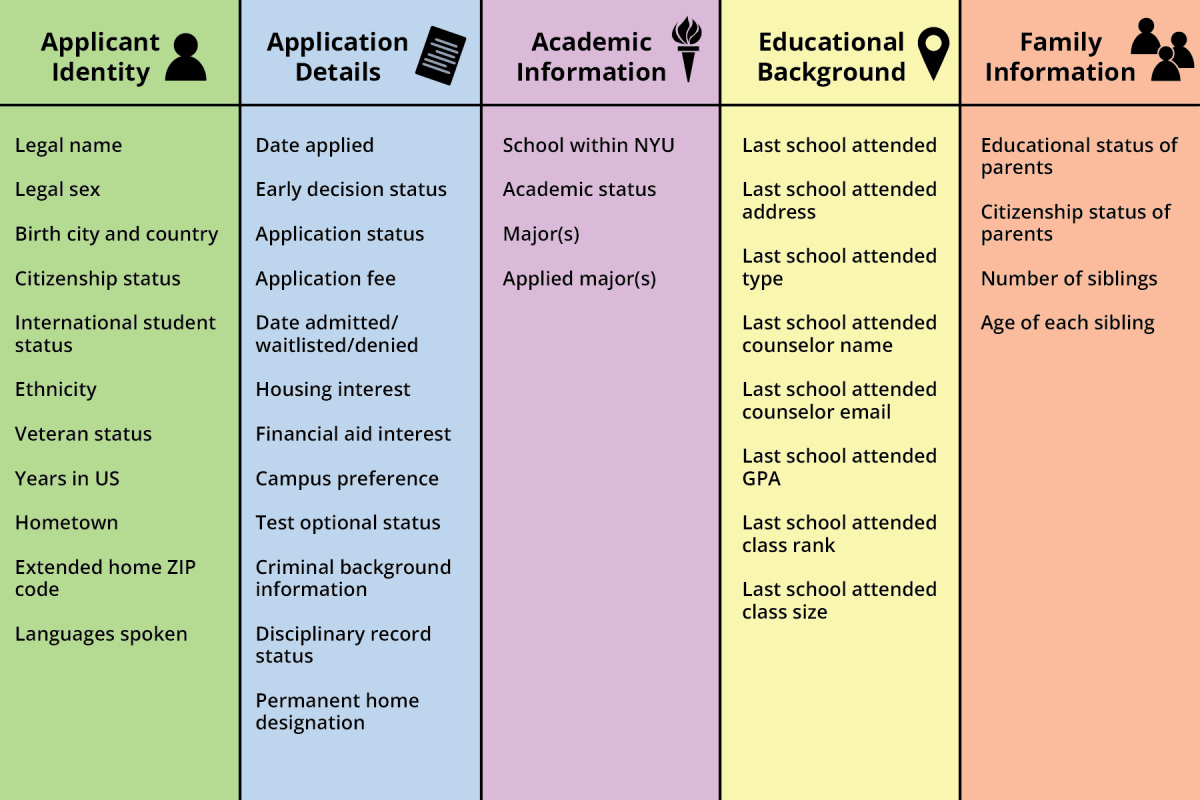
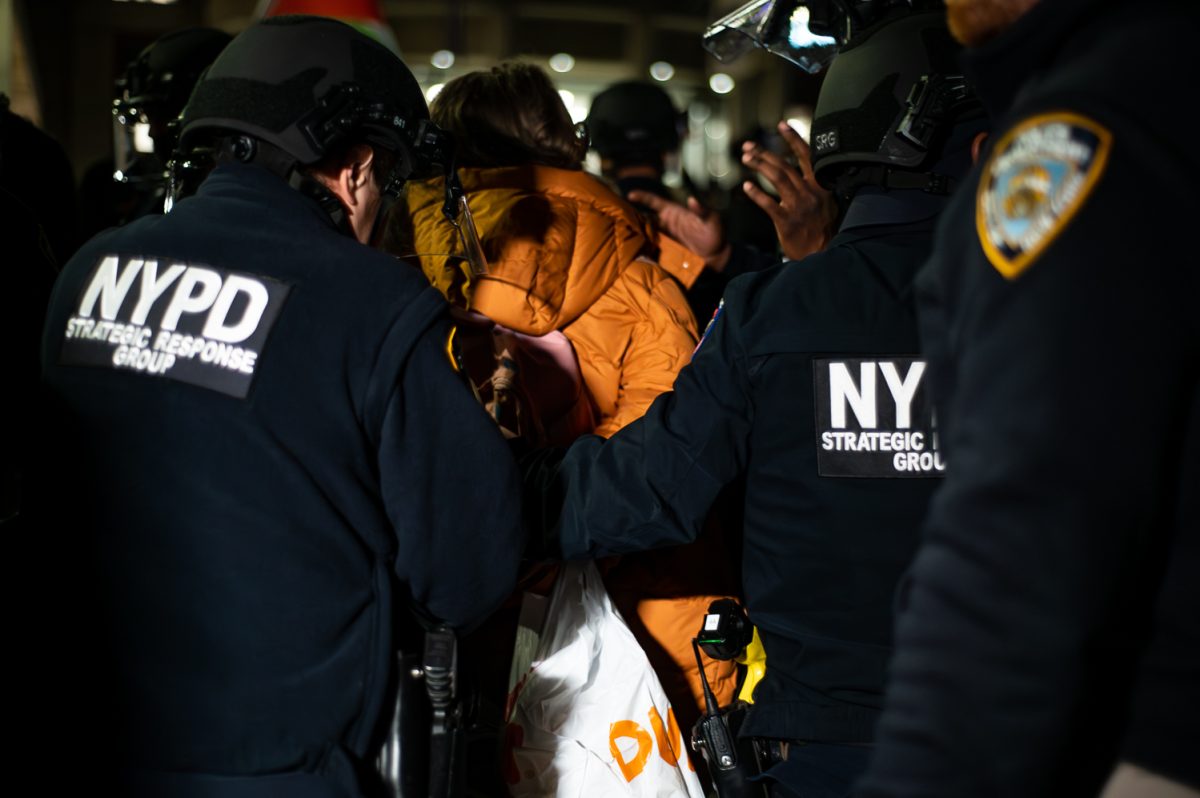






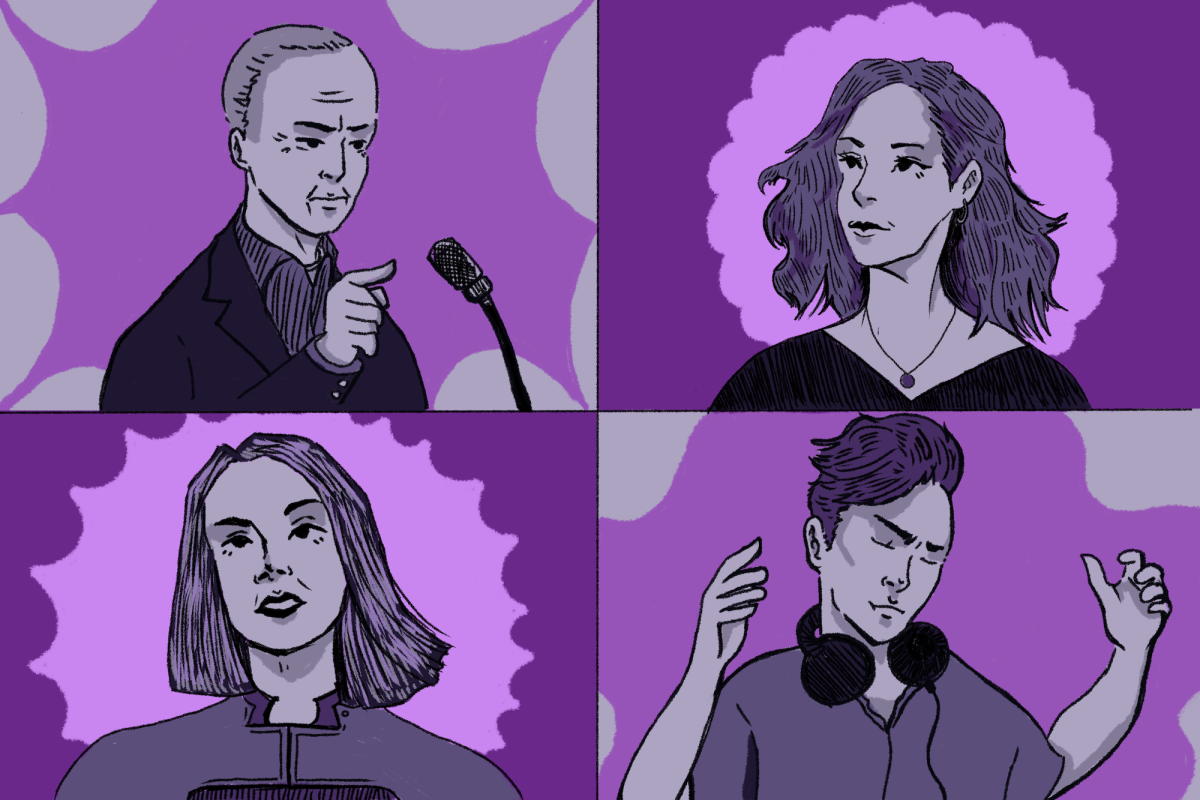

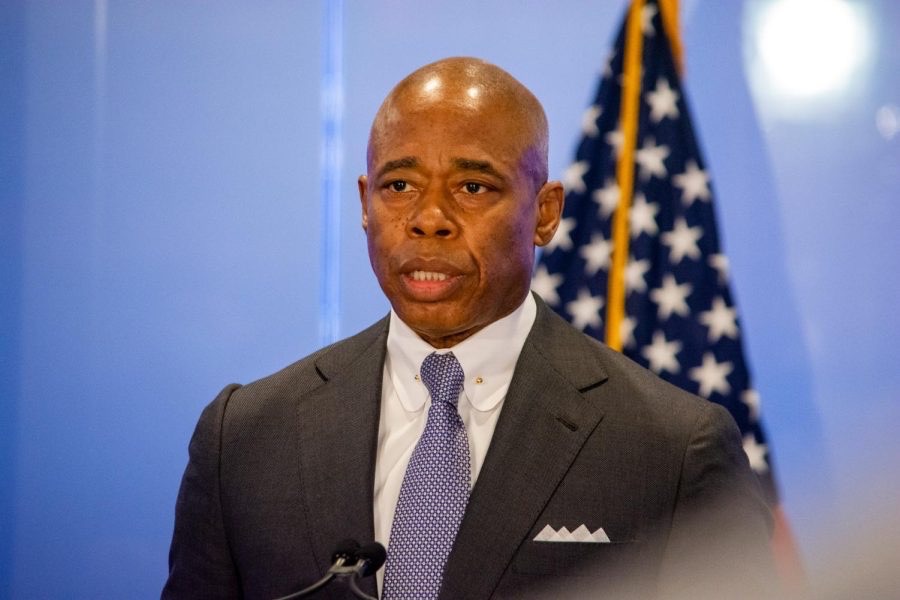


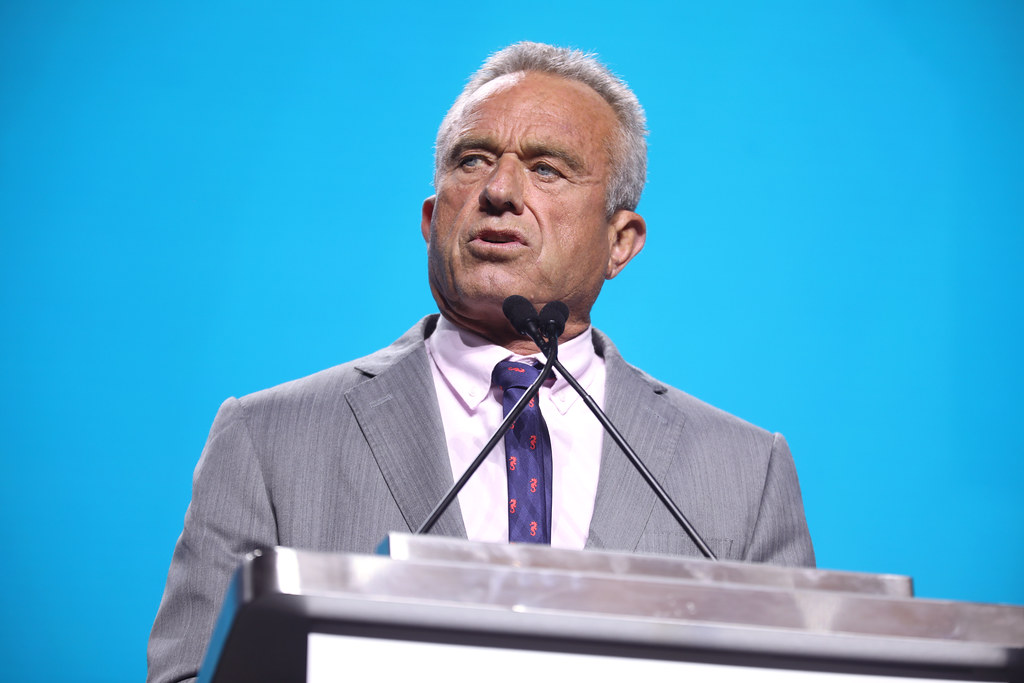

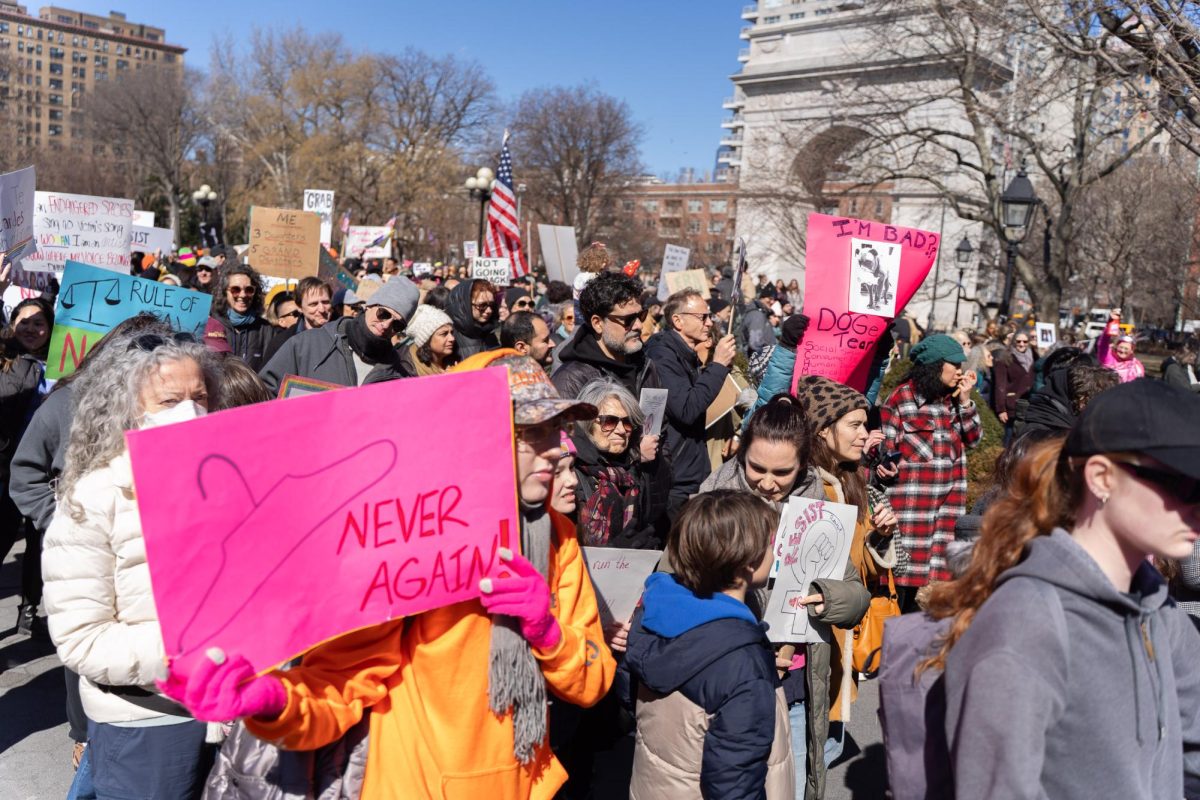
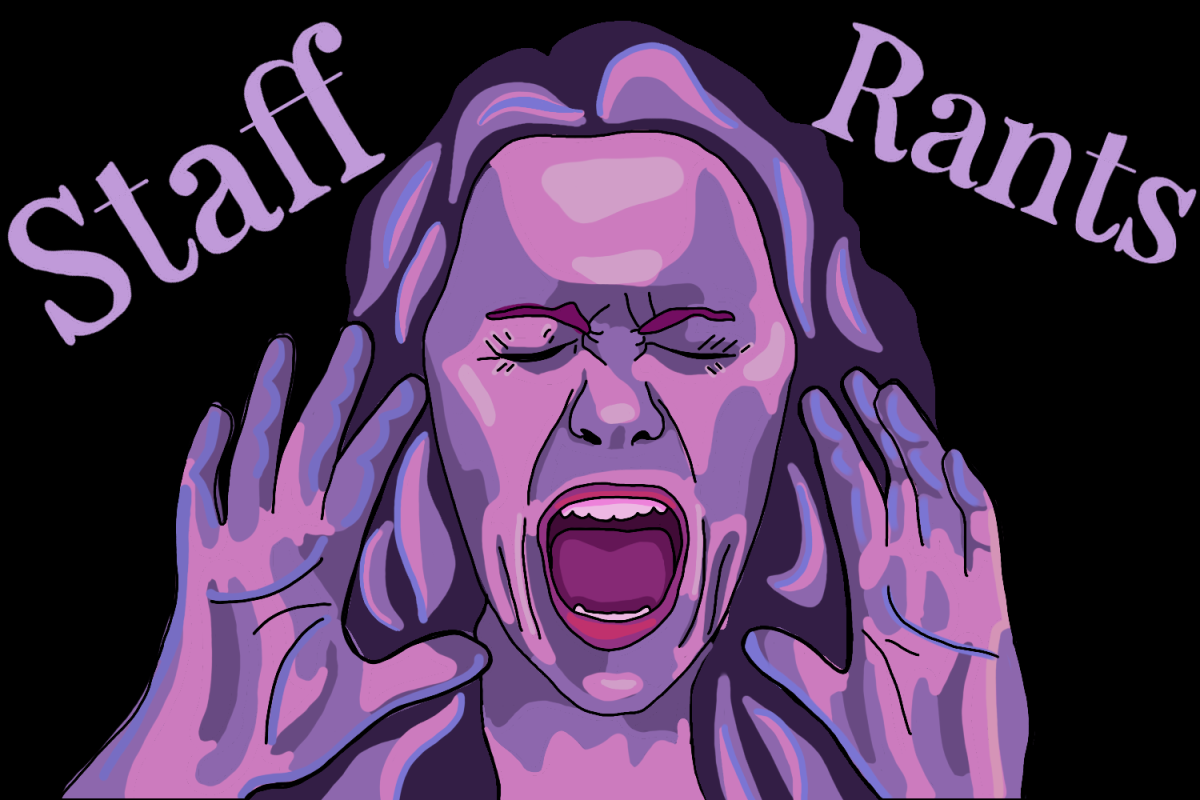
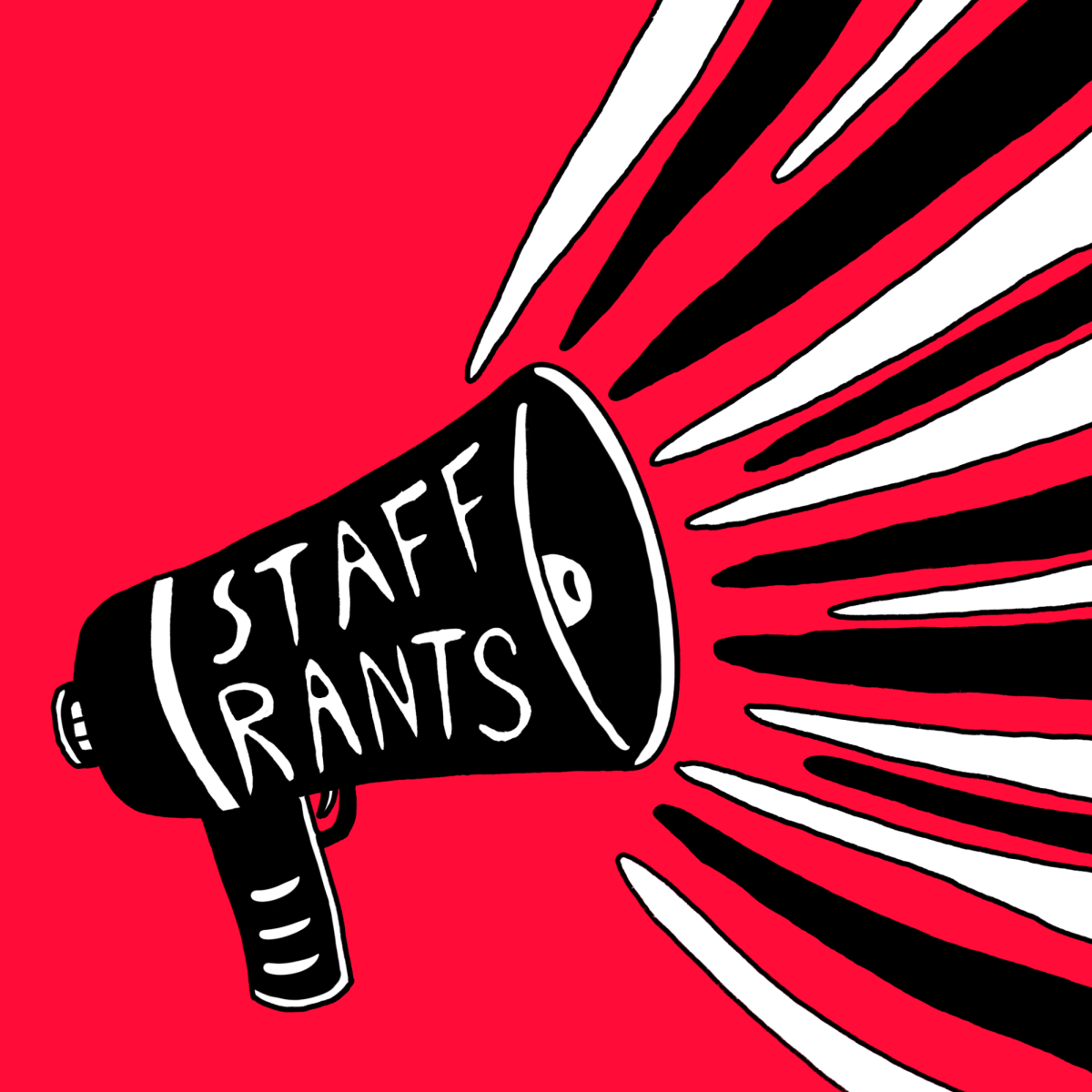

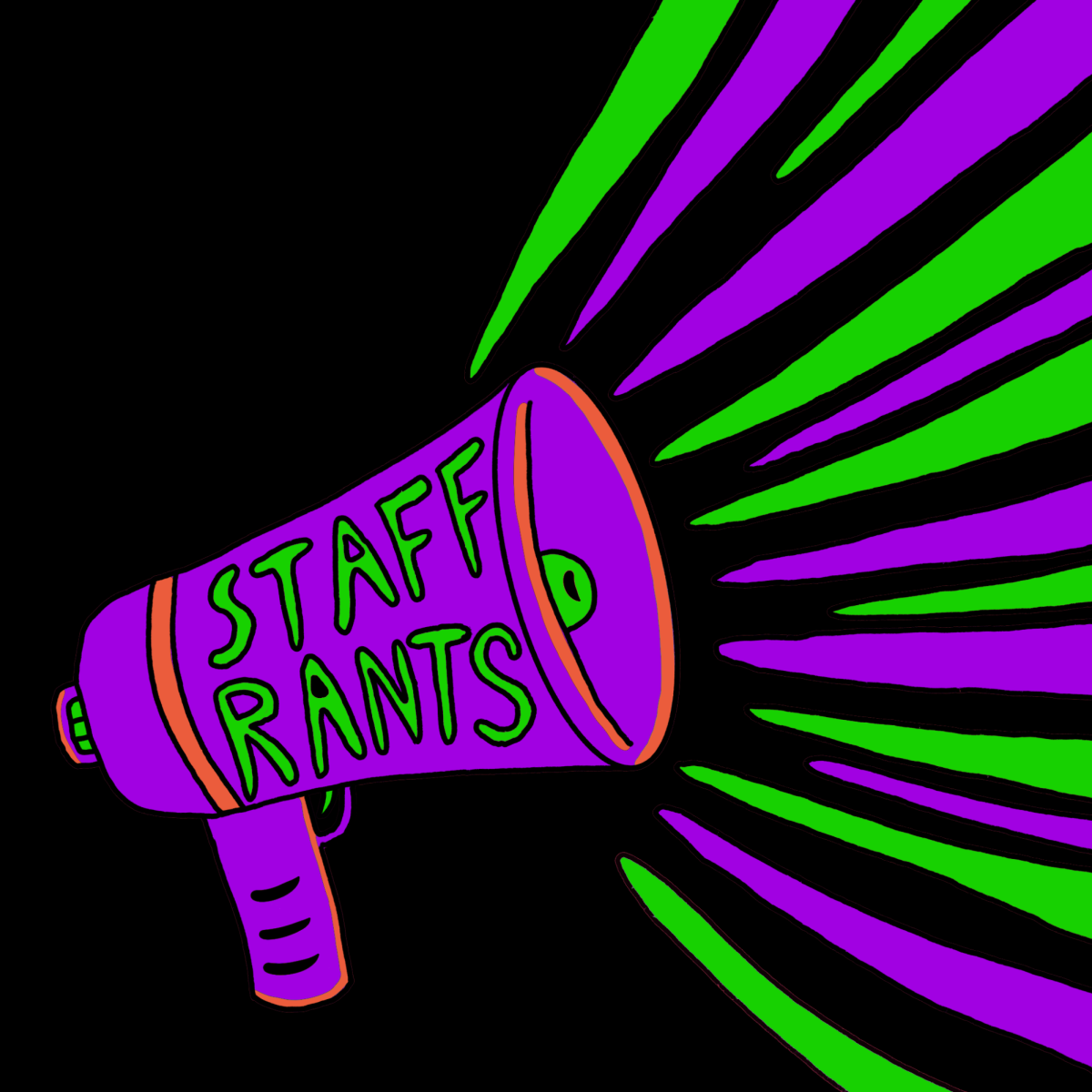




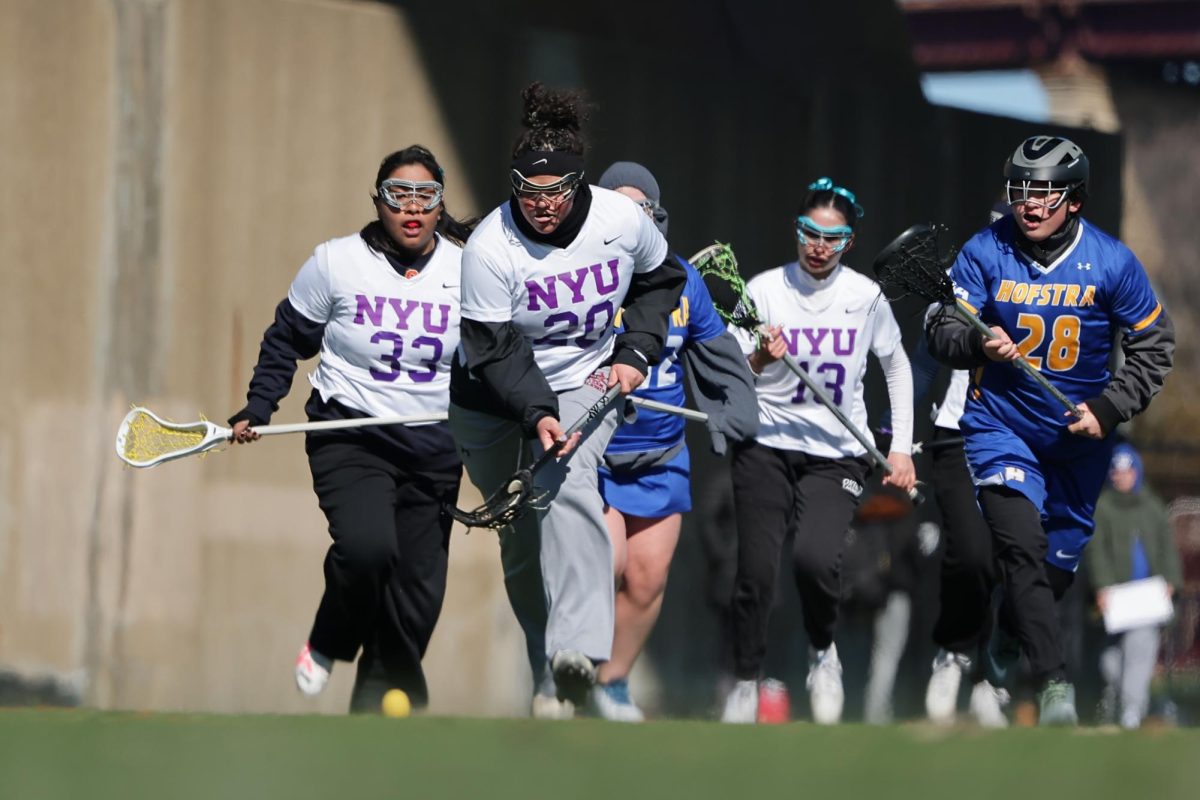







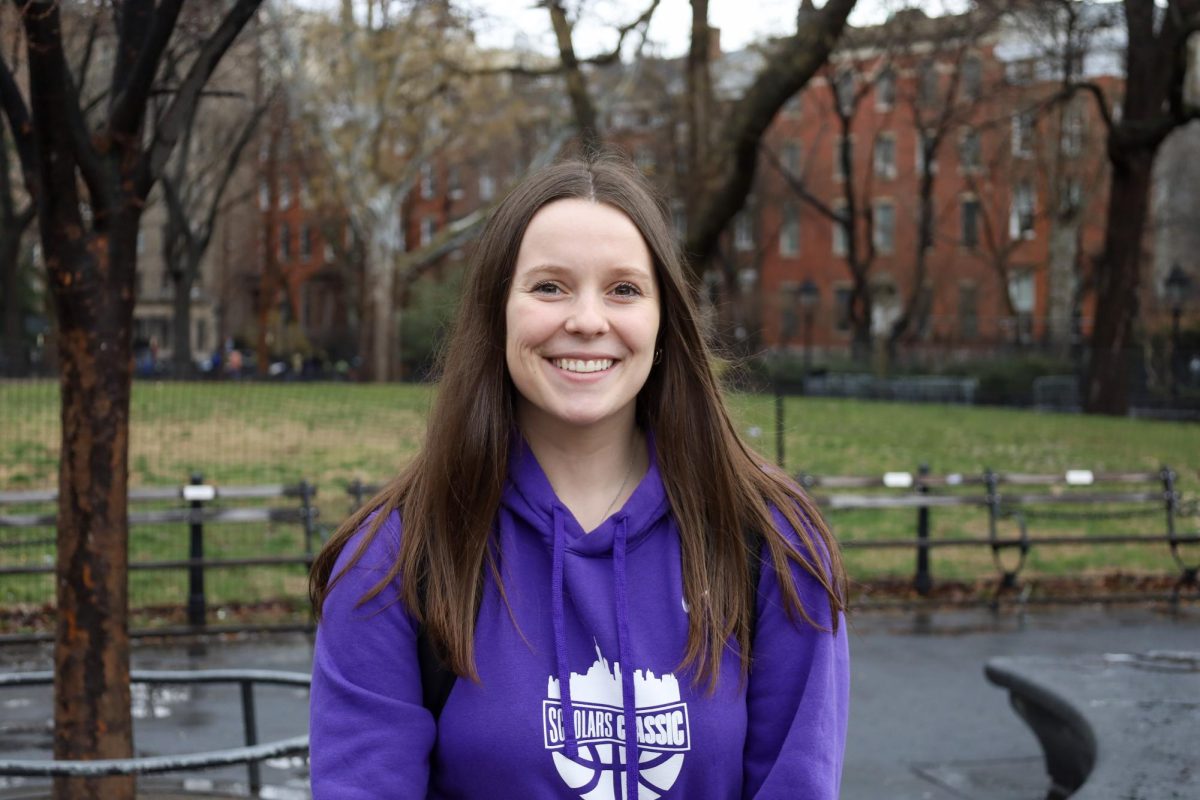


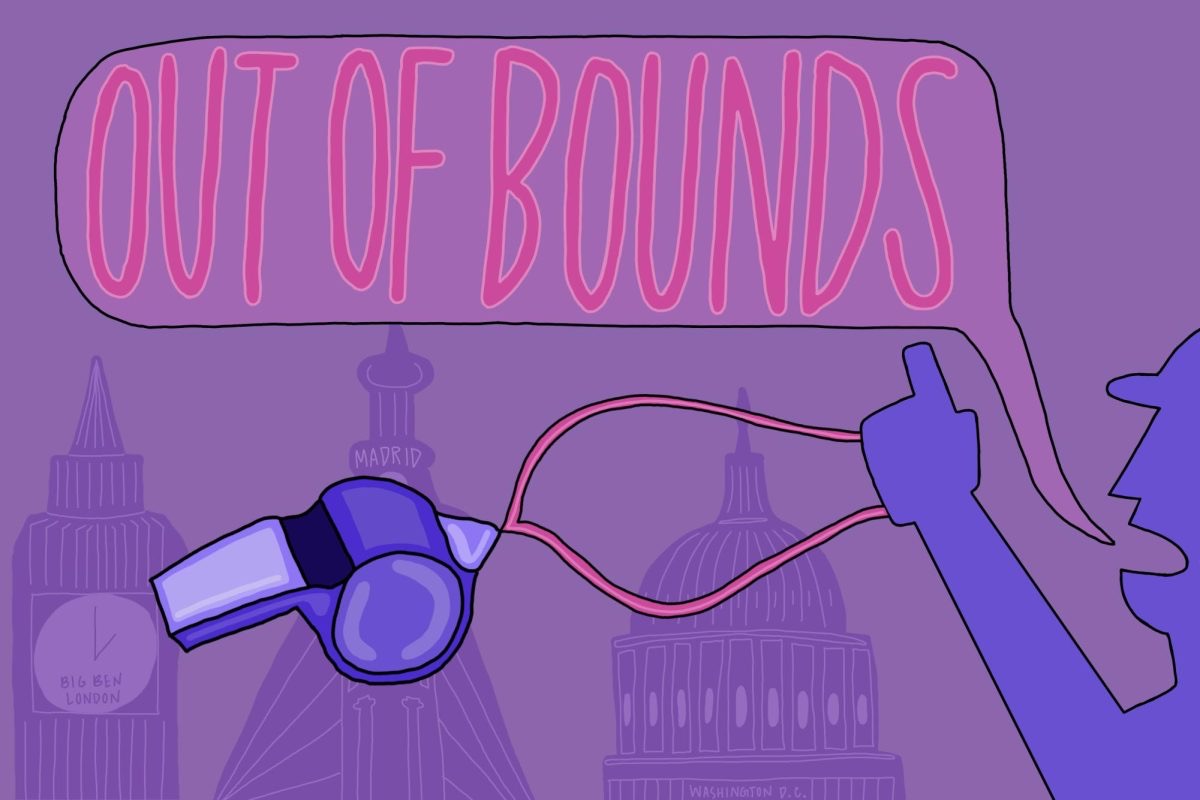
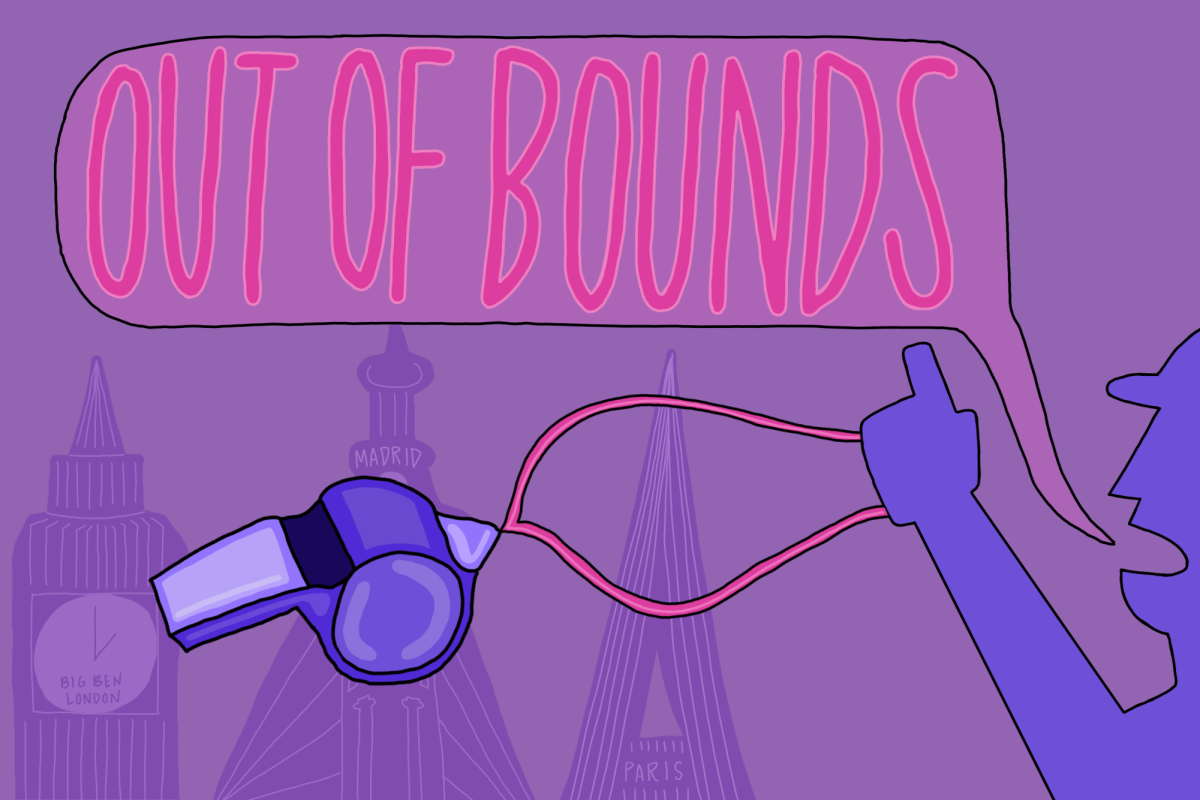
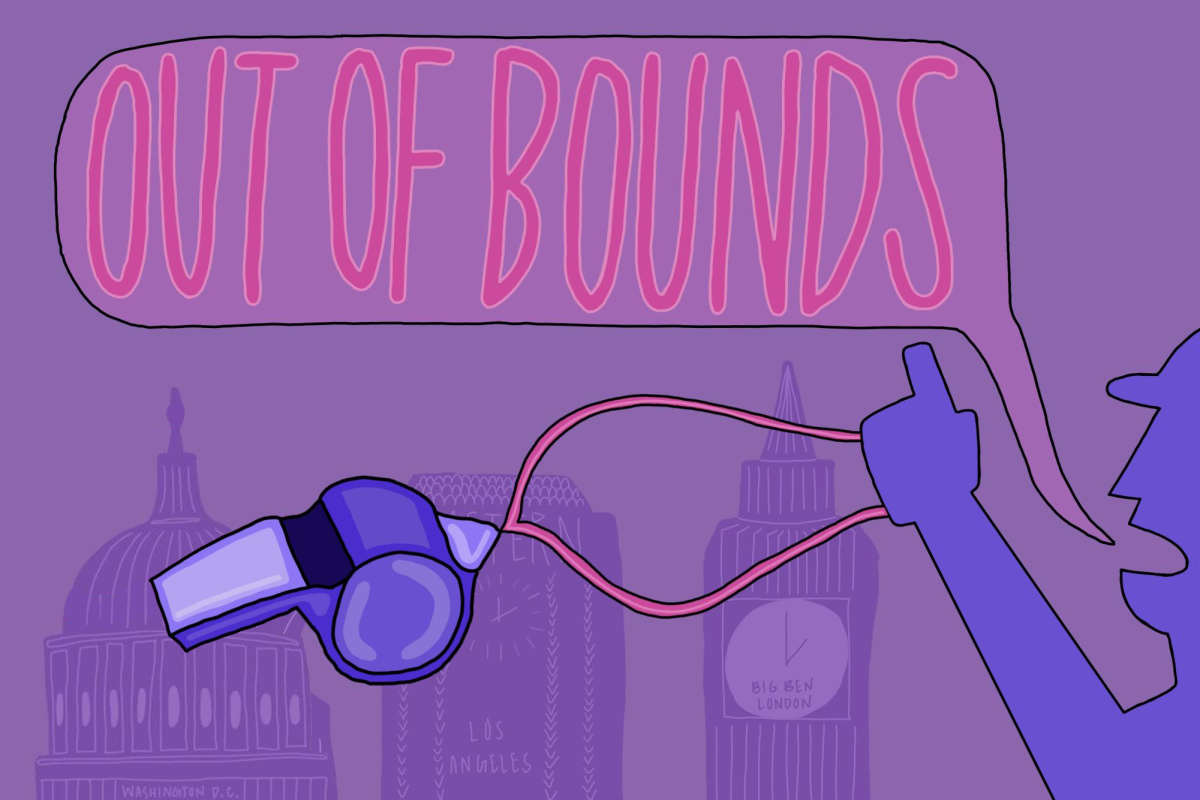
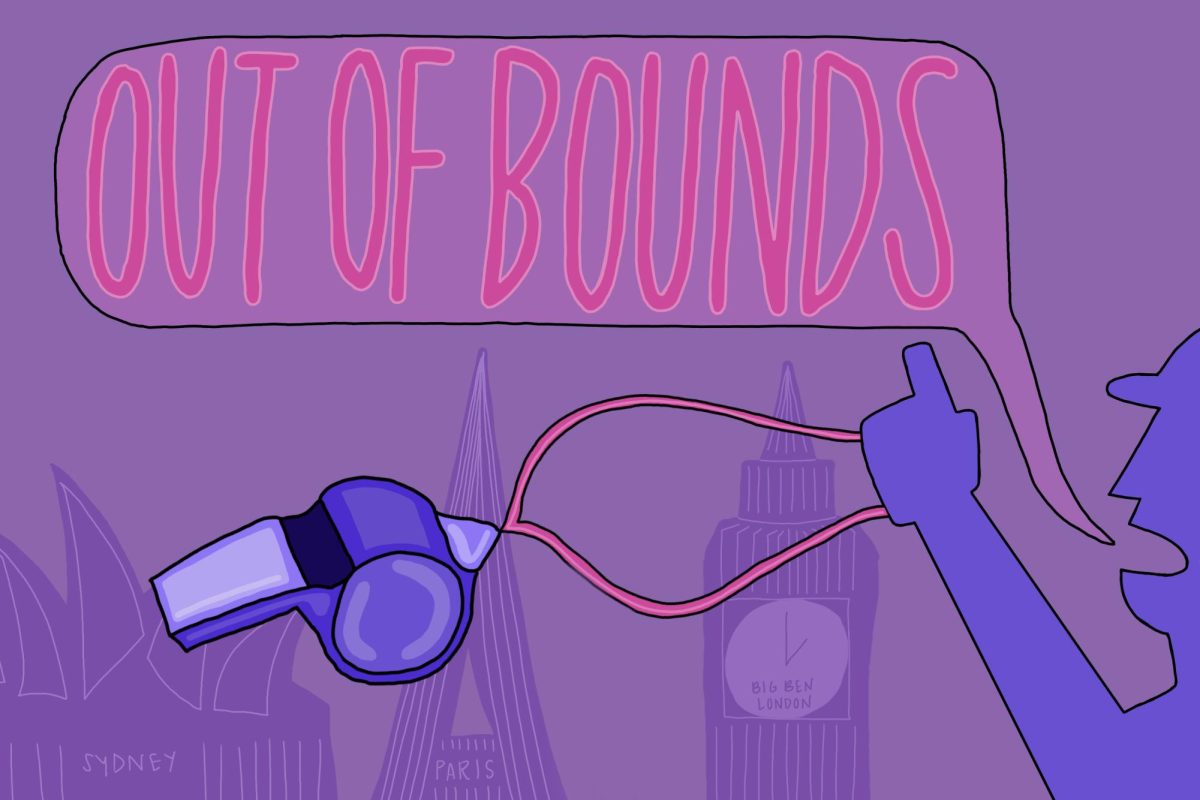

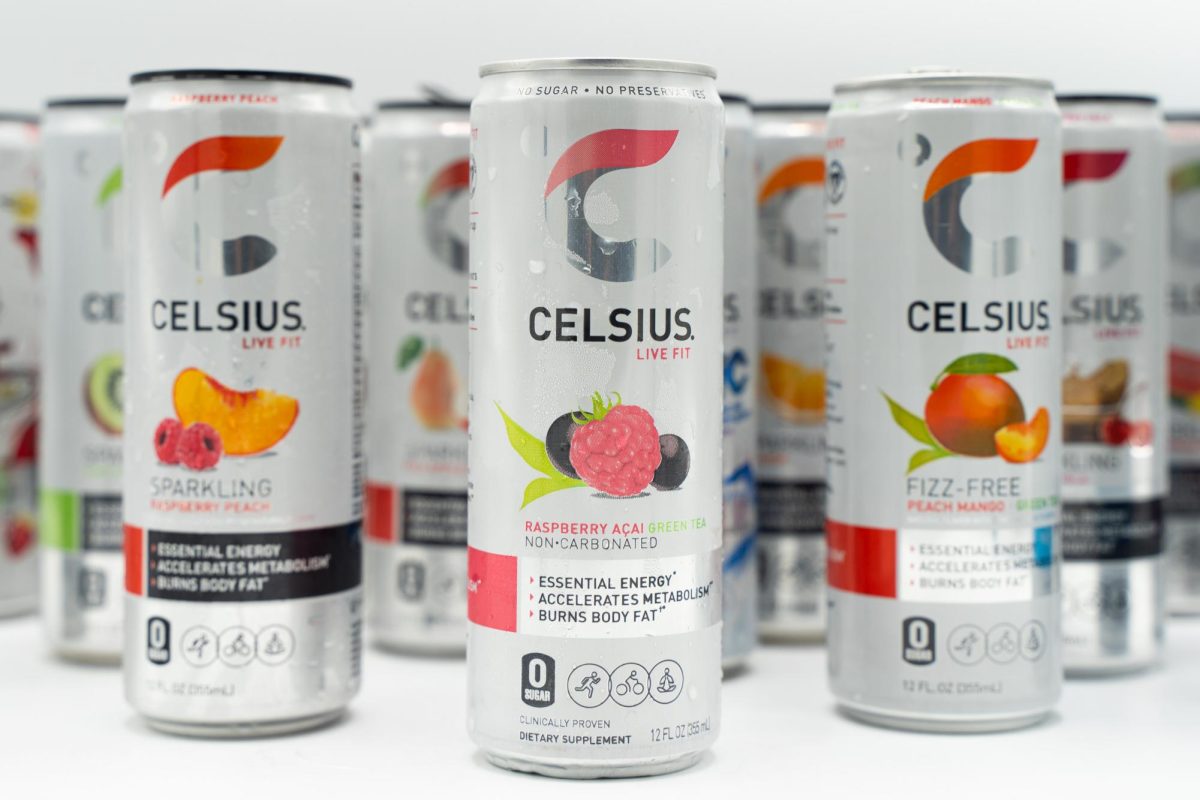










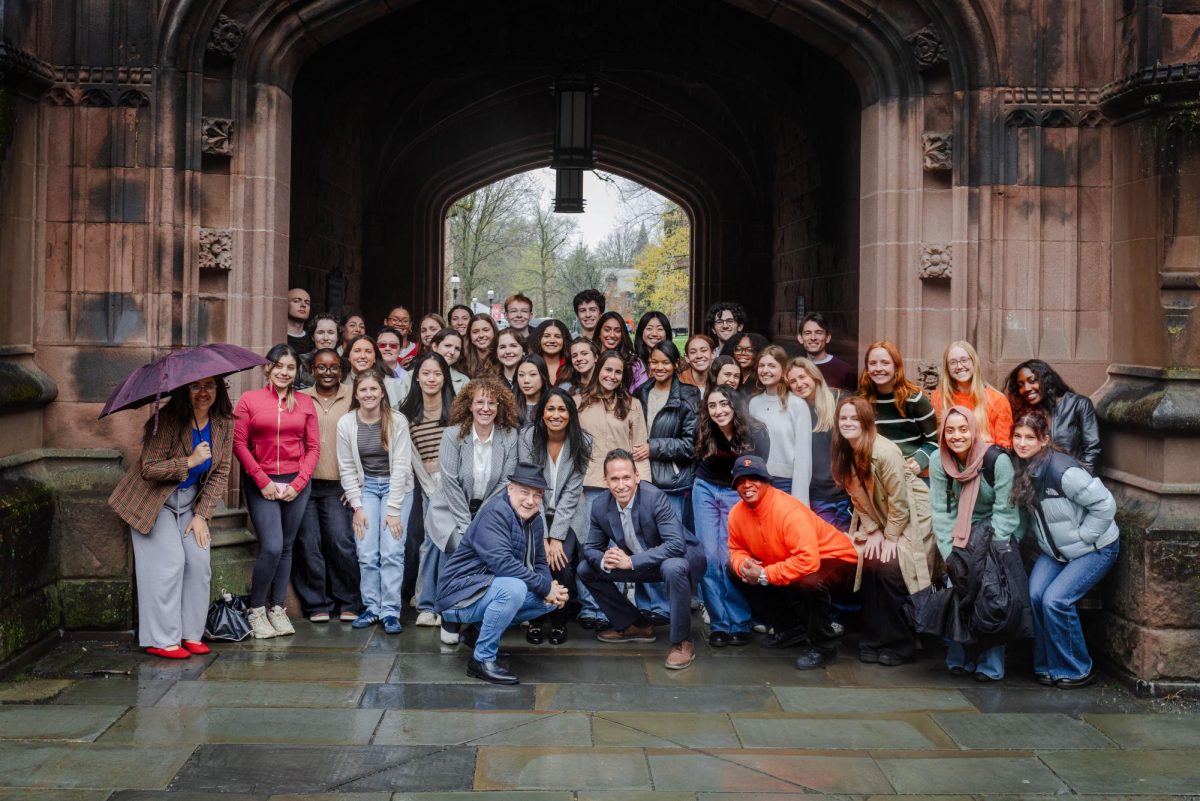
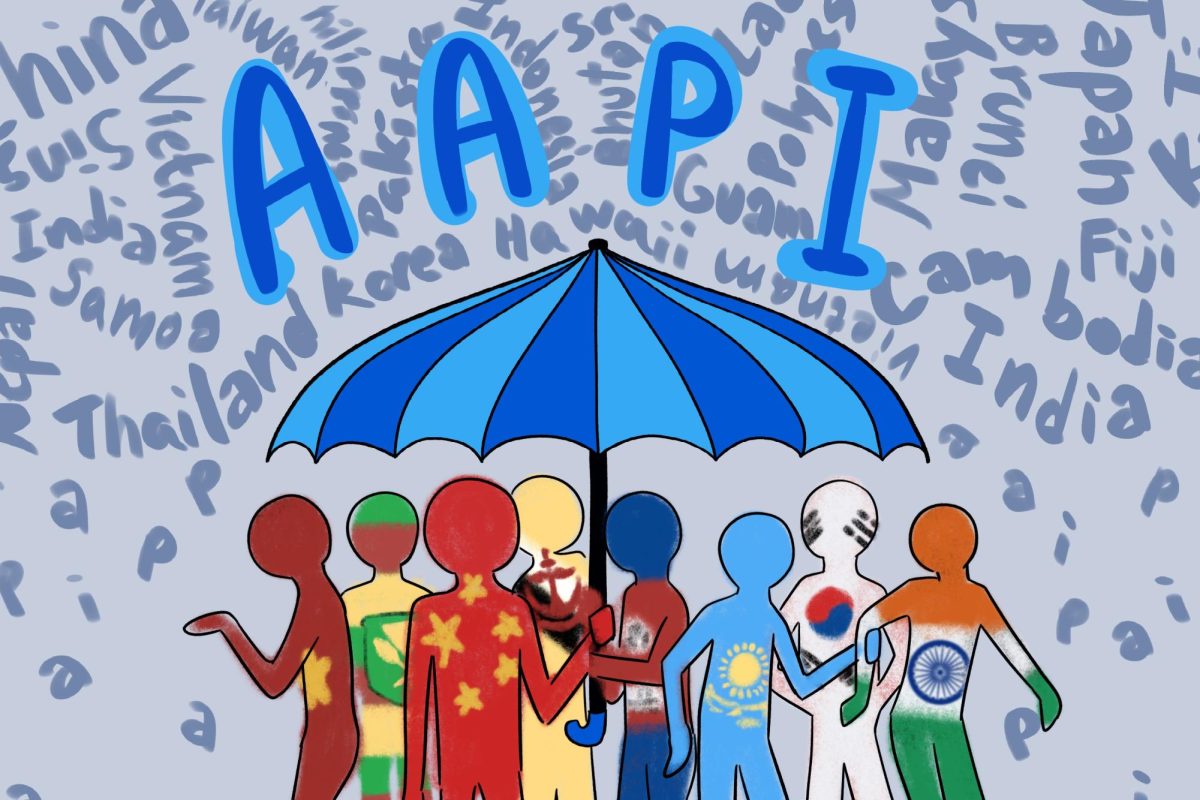
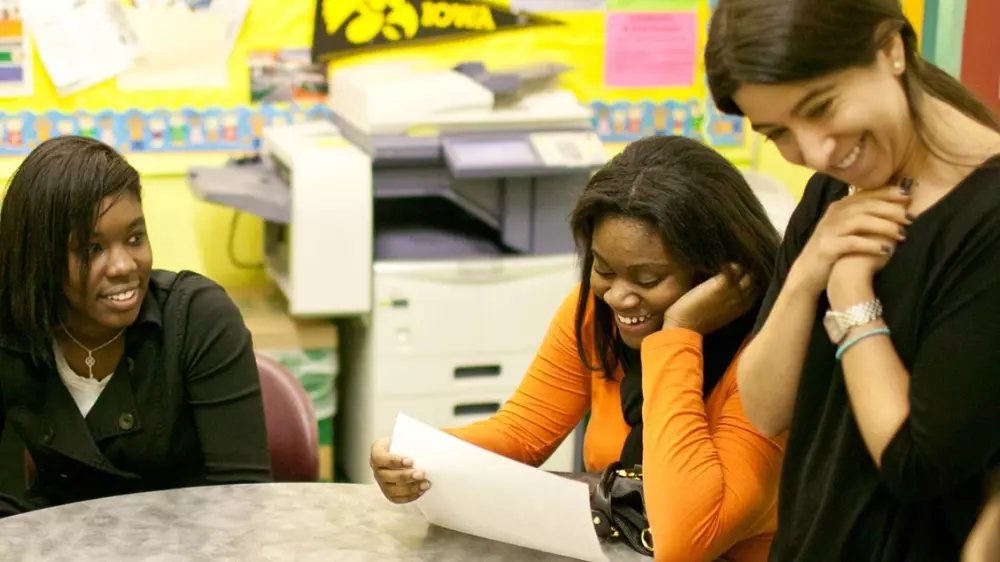

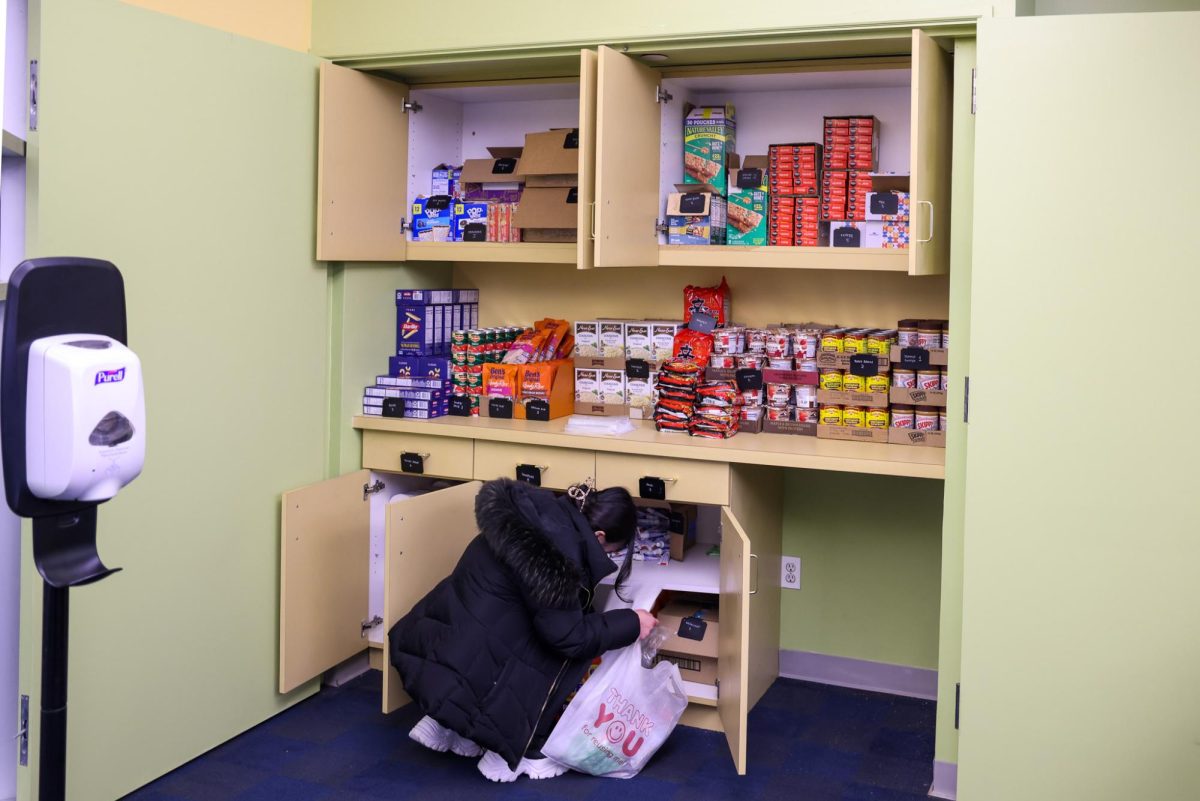

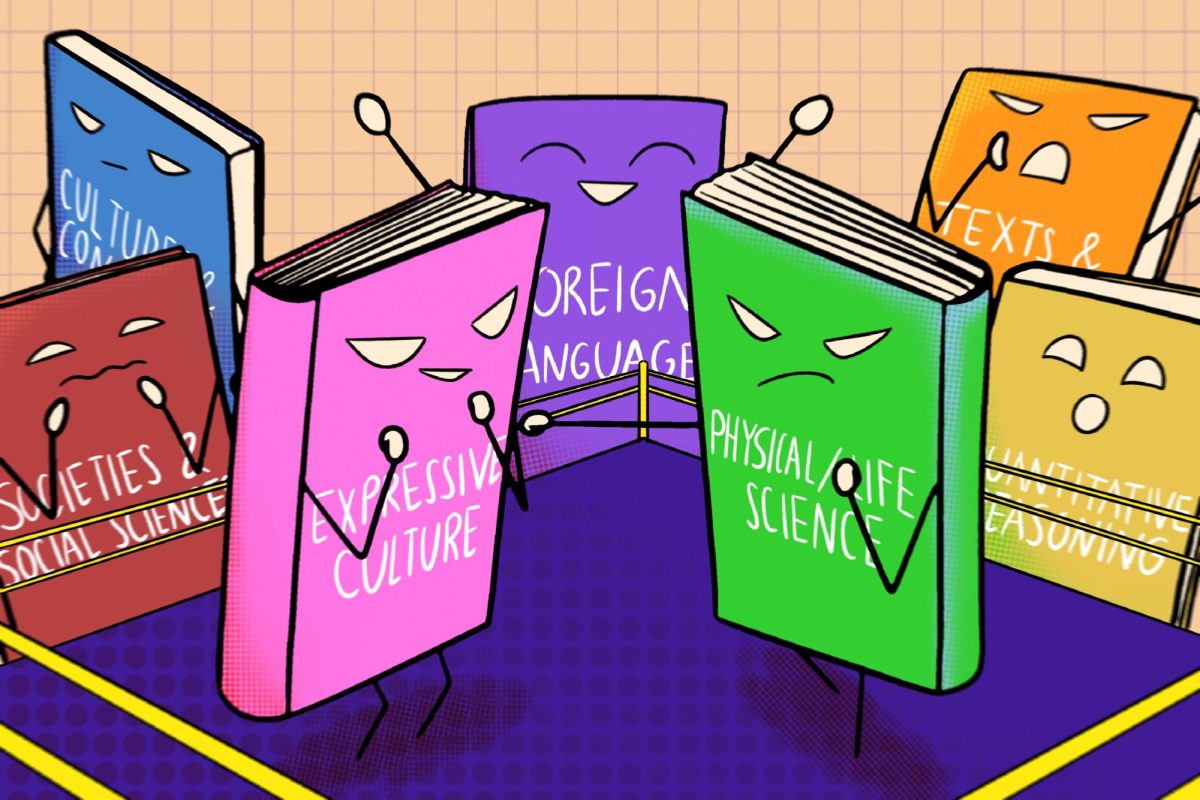

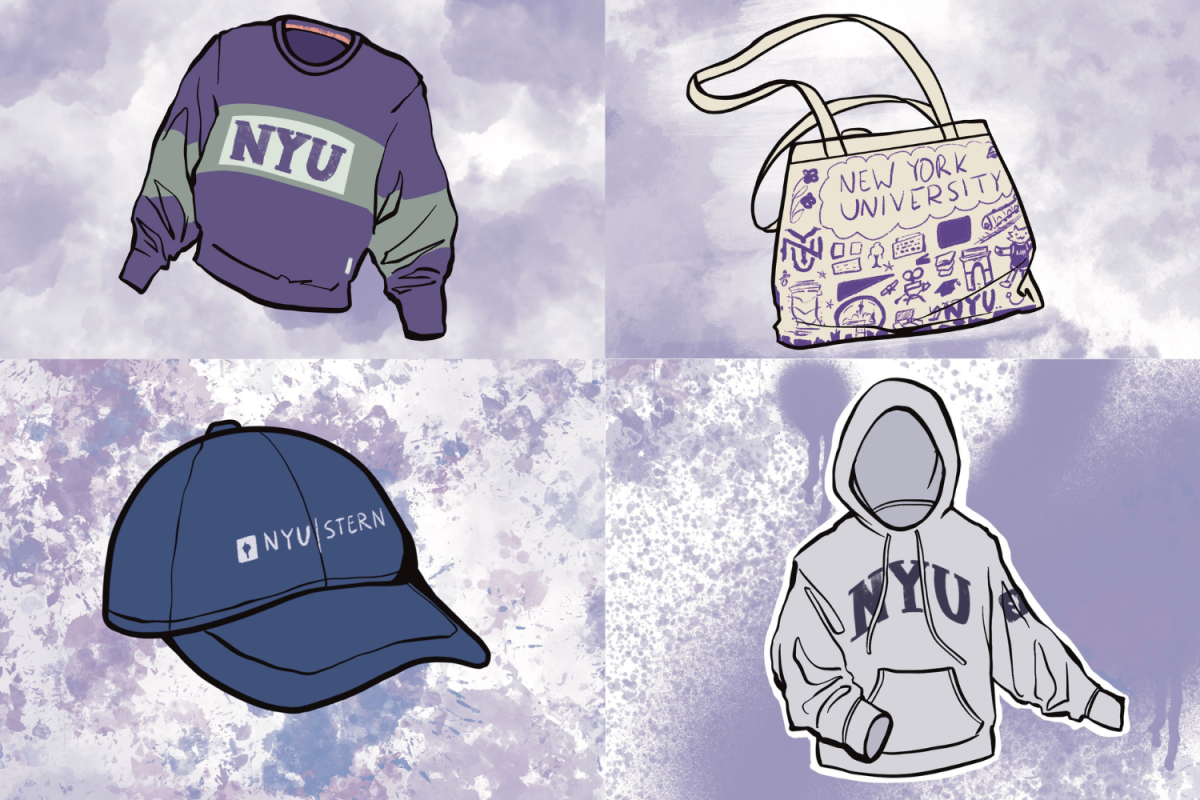














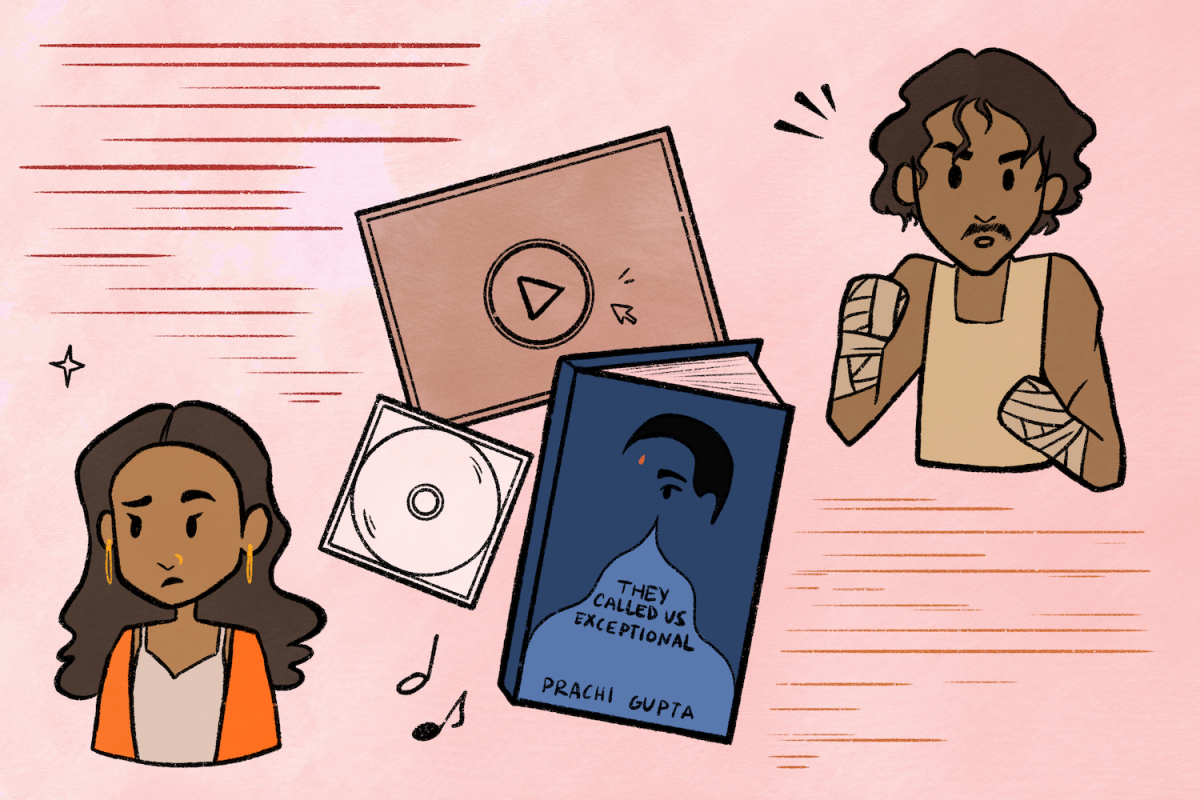
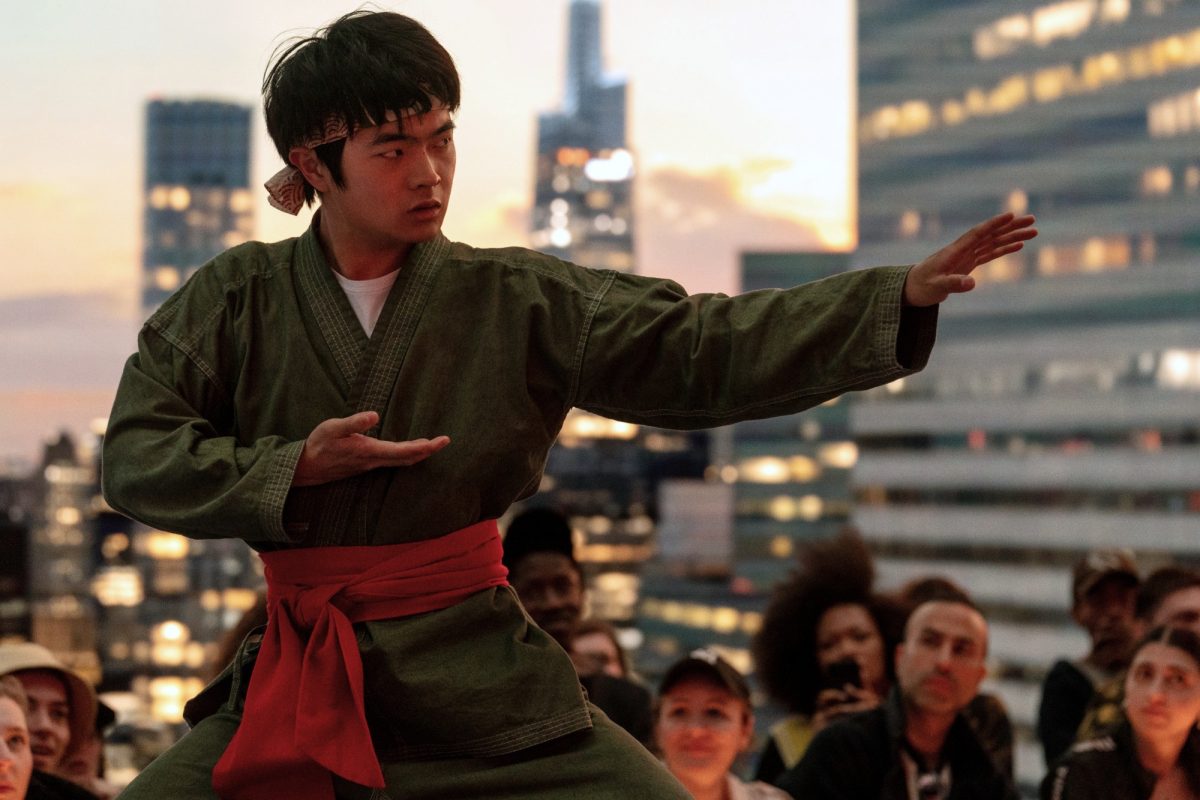




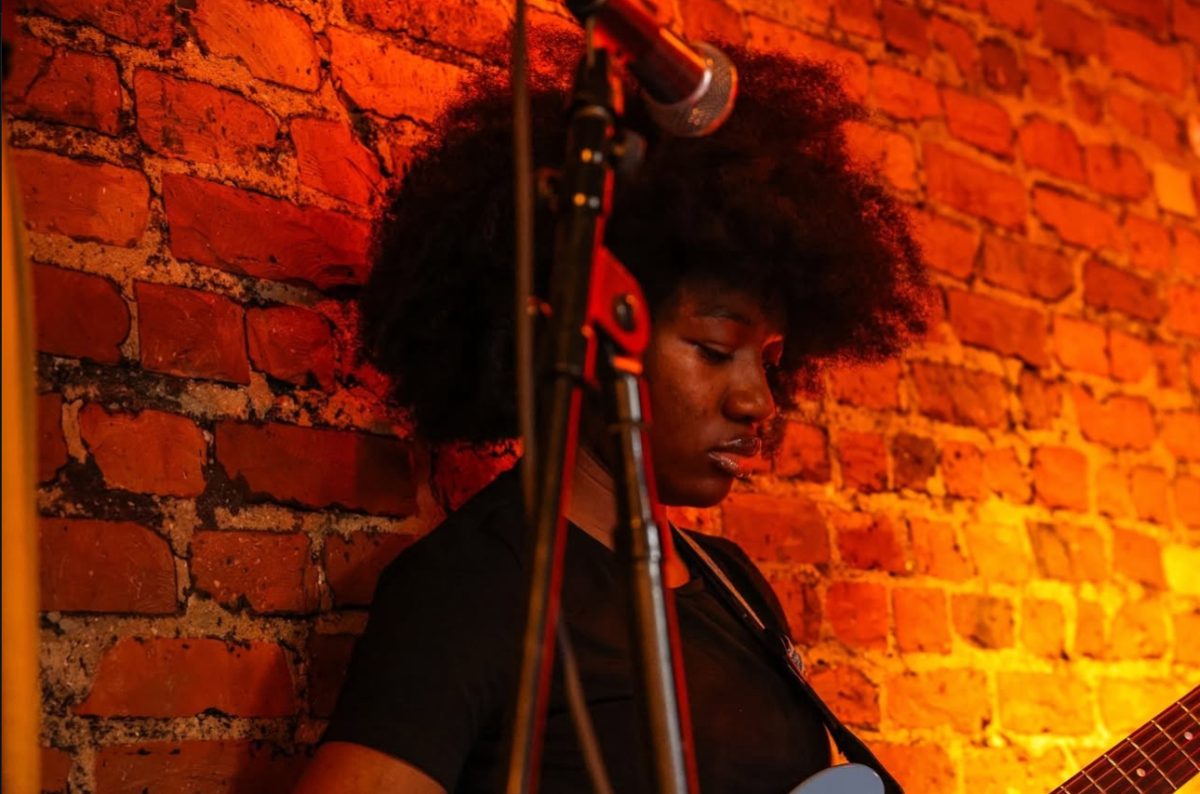


















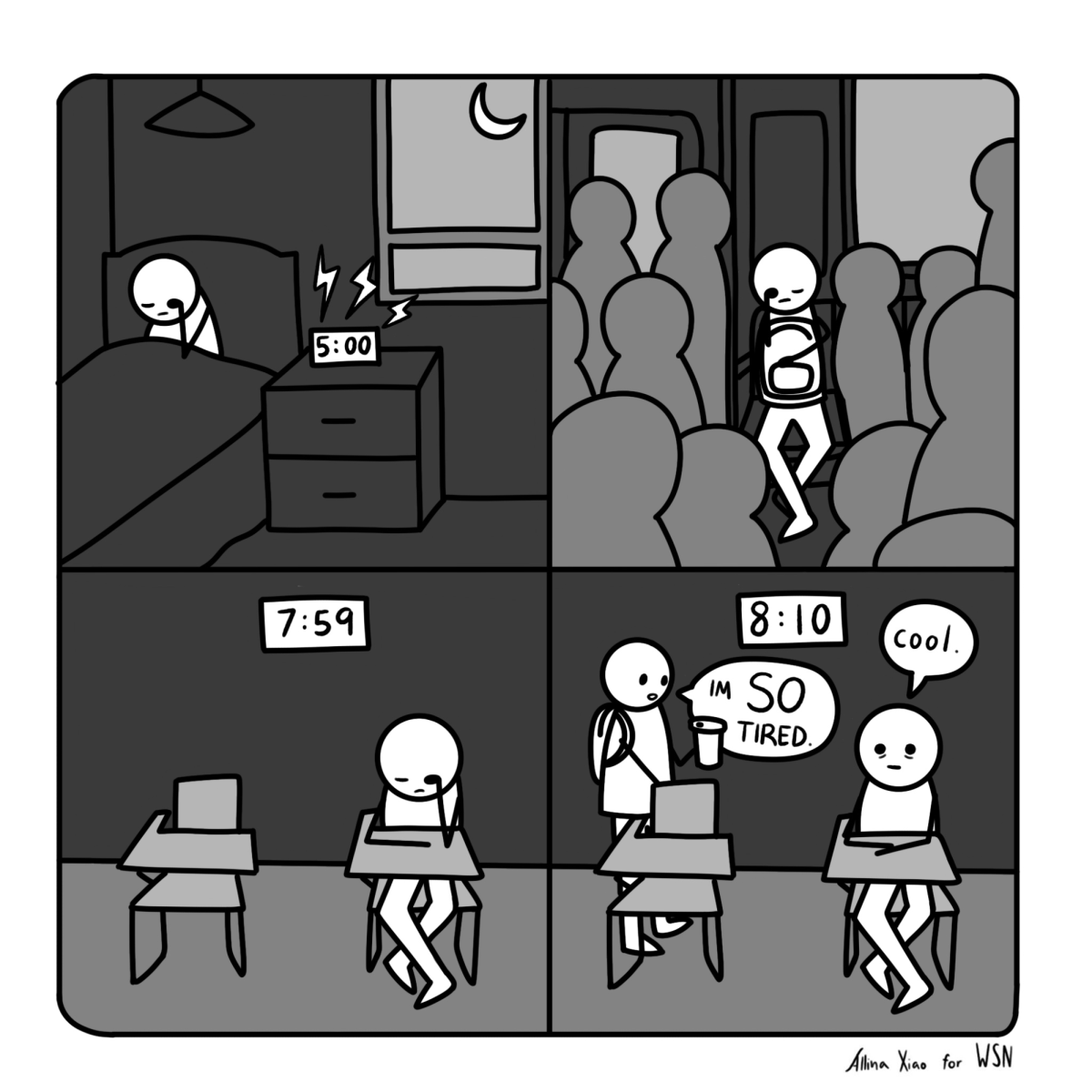
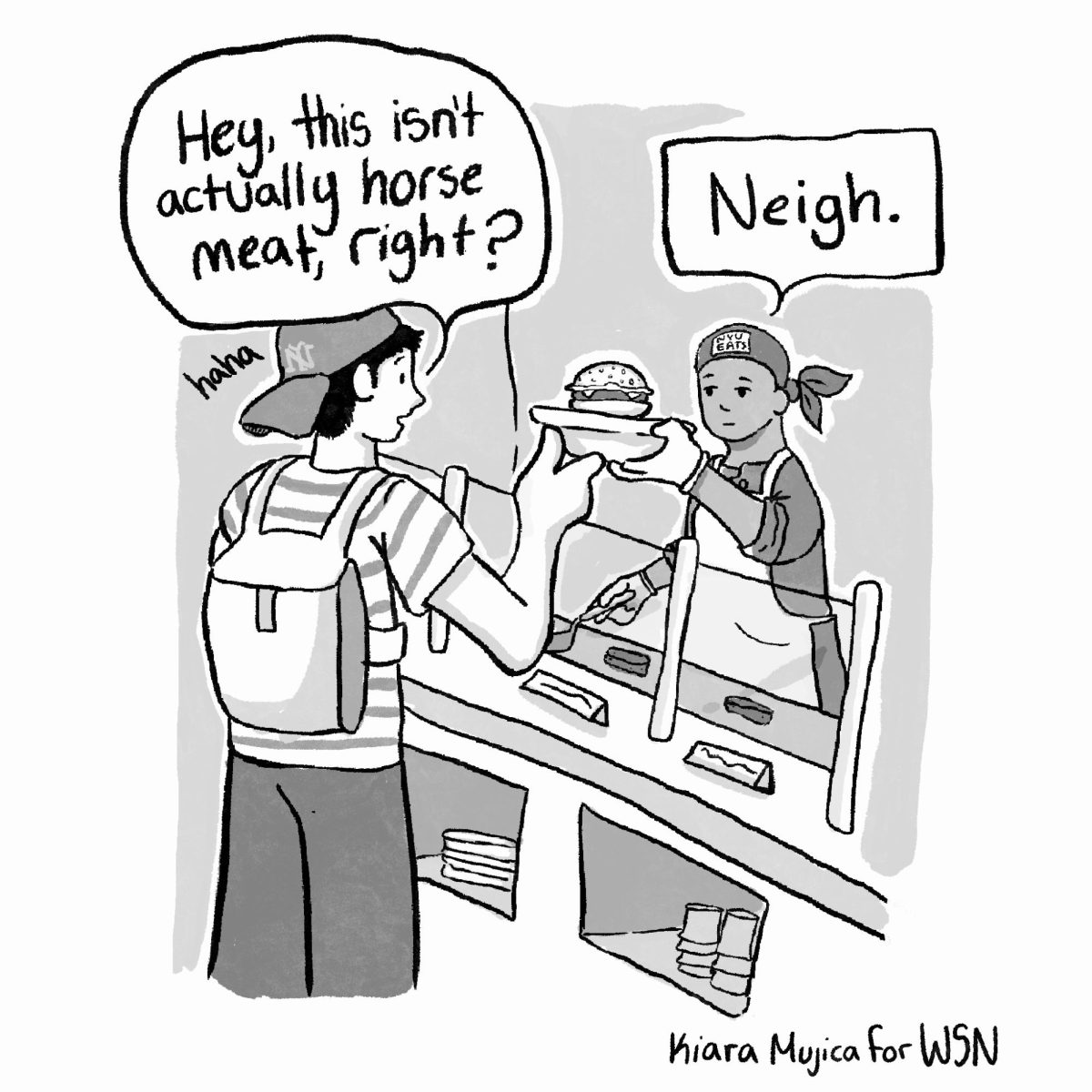
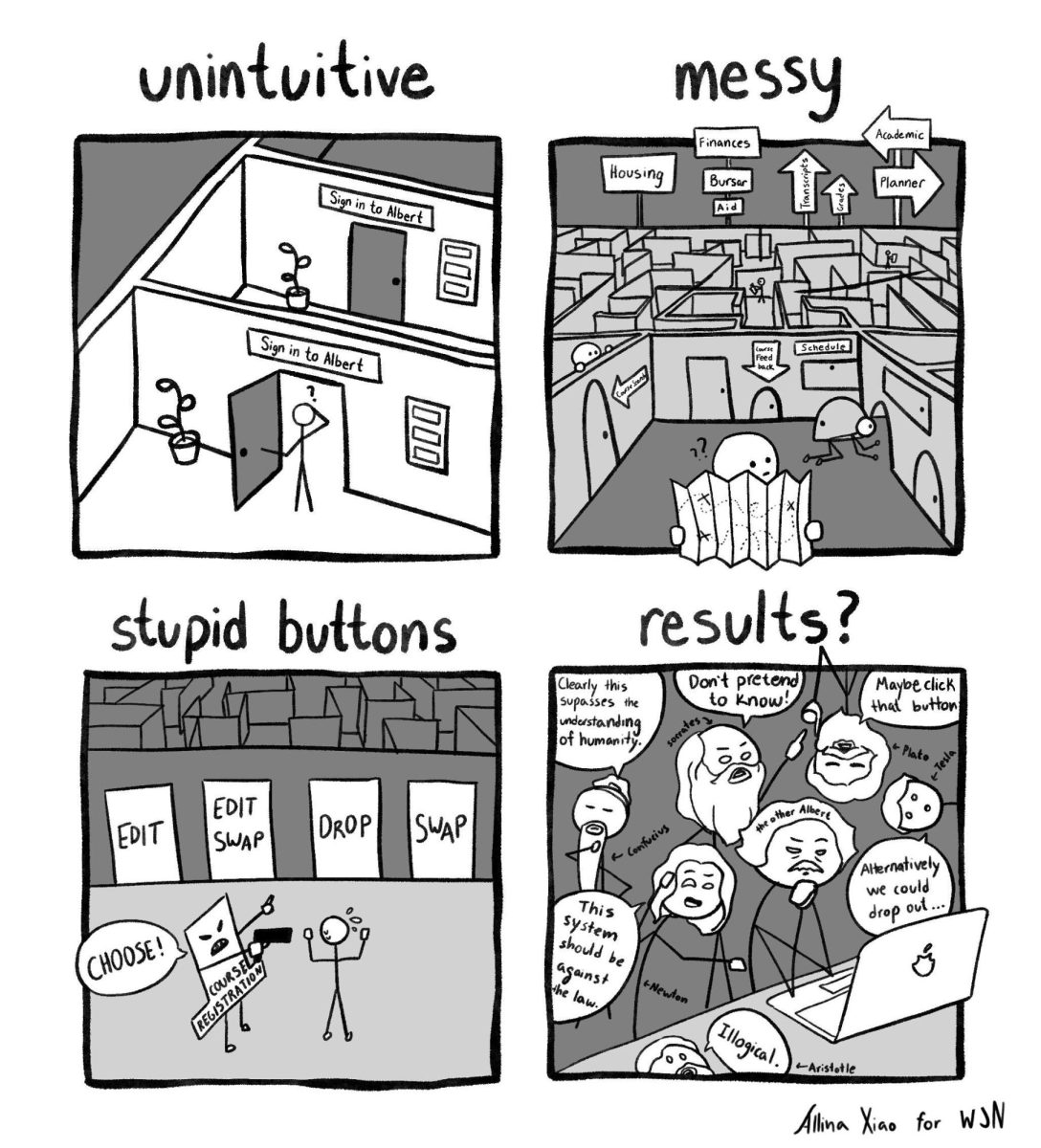
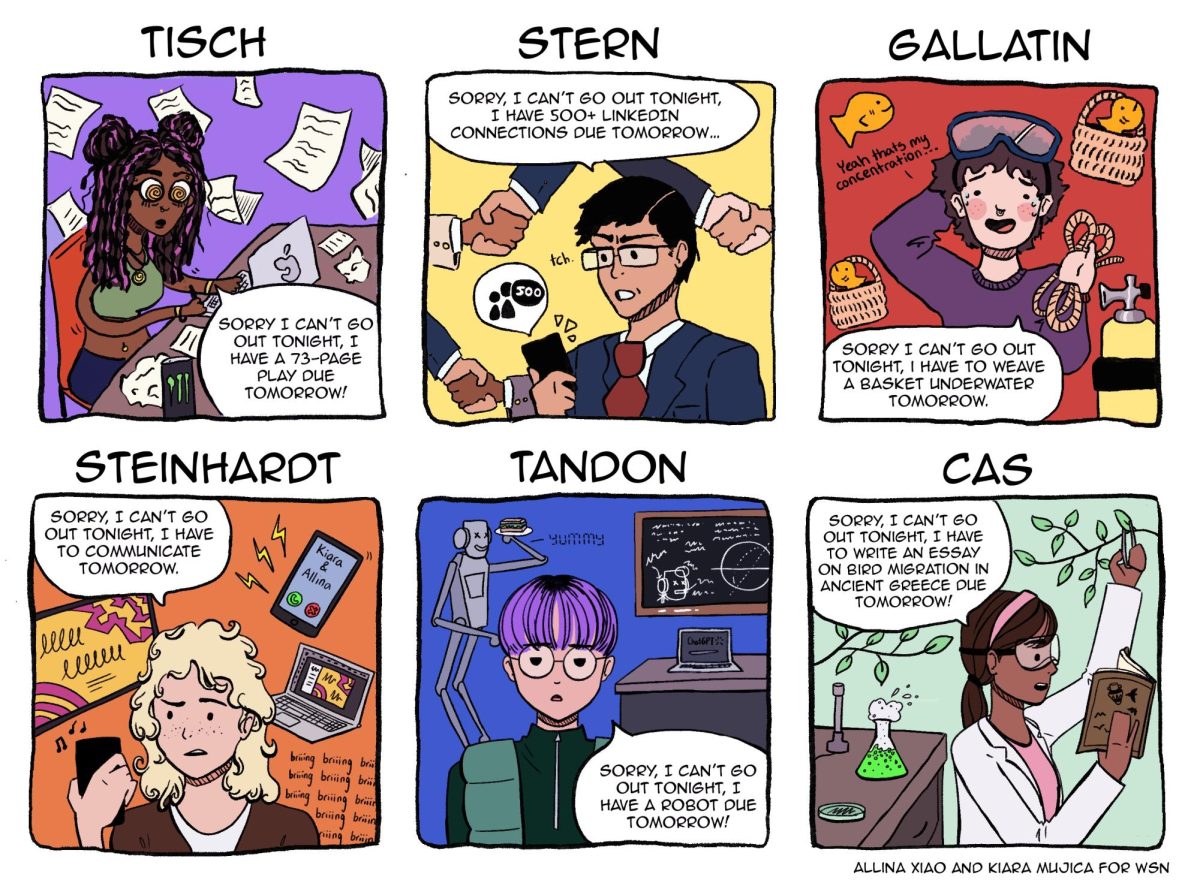







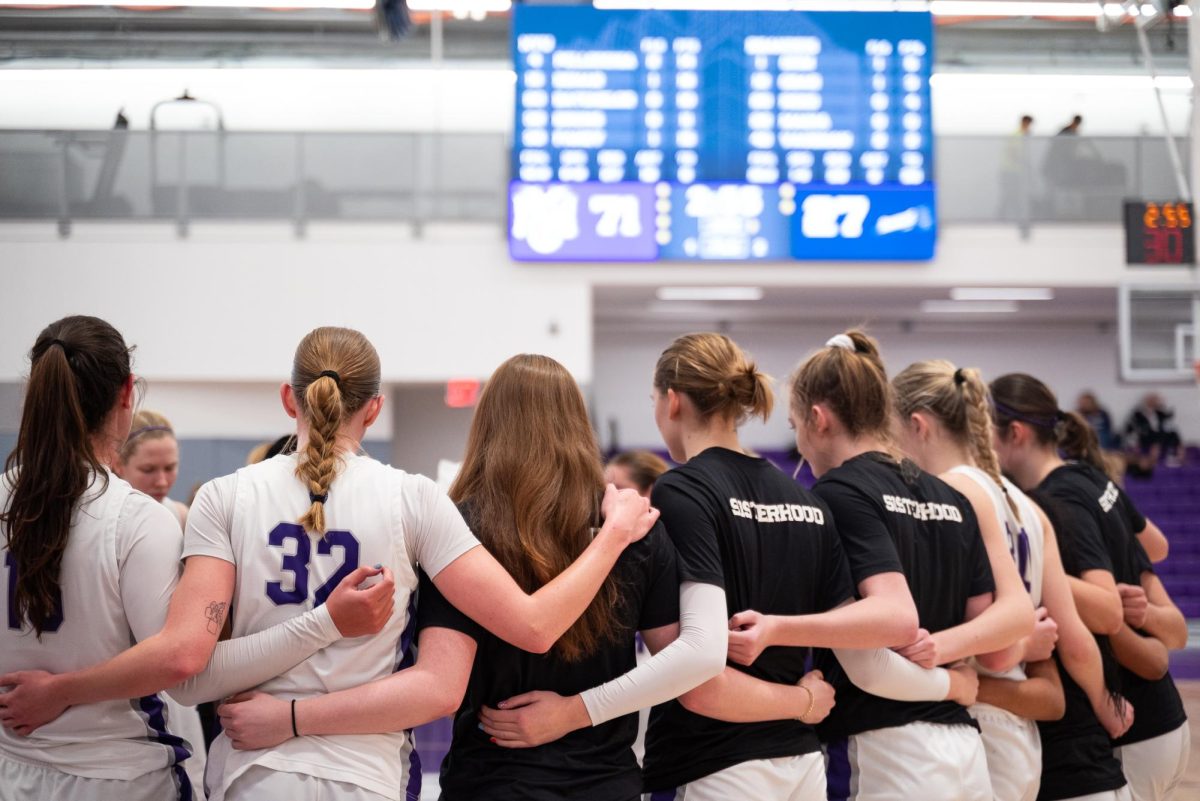

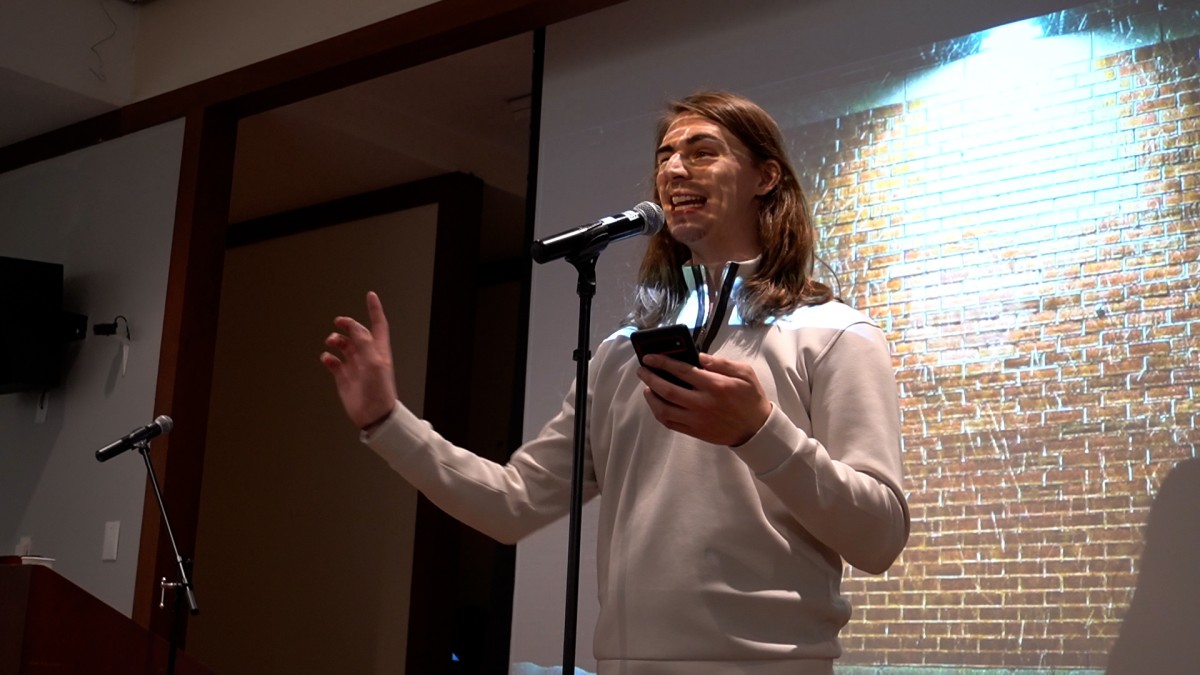
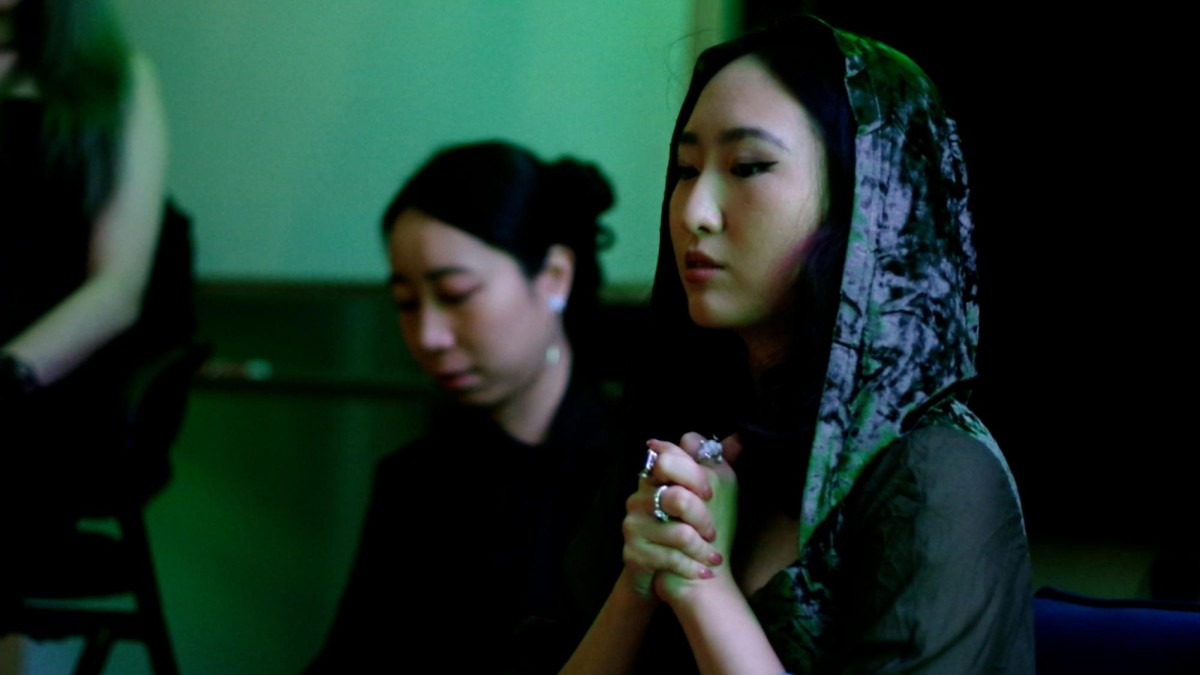




Lawrence Talbot • Mar 26, 2020 at 6:55 pm
I know I’m two weeks late to this thread, but I agree with most of the posters here that punishment should be severe. Unfortunately, although the authorities will talk tough for public consumption, all three of these juvenile murderers will be quietly released in a few very short years.
Lara • Mar 12, 2020 at 2:48 pm
This is about the most morally asinine thing I have ever read. The perps ages and less mature brains didnt stop them from understanding the nature of the crime. They knew that assaulting and robbing people caused physical pain along with emotional pain and fear. And they knew that shoving a knife into someone’s torso kills them or at least caused serious harm. They know what serious bodily harm and death mean for the victims. They, knowing the harm they were causing, chose to commit the crime.
If tried as juveniles they can only be incarcerated until they are 18. That’s 3 to 4 years jail. That punishment is no where near proportionate to the crime. For the perps to get 3 years in jail and then have their records cleaned and not have to deal with any consequences after their time in jail and to be able to live as if nothing happened while their innocent victim dies at 18 would be extremely unfair. It’s a joke to say that terrorizing and murdering someone is only worth 3 years in jail. You say trying them as adults is not justice. Well, 3 years in jail certainly isnt.
“But we dont allow them to drive or vote! Therefore we have to give them 3 year sentences for murder.”
Just because your brain isnt mature enough to vote or drive doesn’t mean its not mature enough to know that murder is wrong. Murder and voting and driving are completely different. Just because we dont let them vote doesn’t mean we have to let them out of jail after 3 years.
And what about safety? If they’re stabbing people to death at 14 what will be like at 18 when they would be released? They would be much stronger bigger young men. 3 to 4 years is not enough time to incapictate them.
The author only seems to care about the perps. “They will get harsher sentences! Their lives will be forever changed!” Yes. They deserve that. They made a choice to murder. Now they face appropriate consequences for that choice. Serious crimes call for serious penalties and consequences. Oh but what about rehabiltation! Too late. Tessa cant be rehabilitated. They dont deserve to be either. And it’s not likely given that they’re evil remorseless murderers.
“Tessas murder is a tragedy but we cant try these guys as adults. We have to let them out of jail in 3 years because they’re teens.” Tessas death was more than a tragedy. She was terrorised. She was put through severe emotional and physical suffering. And she was killed. She will never be able to become a journalist or play in her band or get married or have kids. All because of these evil teens. And the idea that inflicting this amount of pain on her and depriving her of her life can be appropriately punished by 3 years in a juvenile detention facility is morally asinine.
It’s not all about the perps. Its about protecting society and getting justice for the innocent victim. You dont care about Tessa and getting justice for her if you want the killers to get 3 years in jail. And you should be deeply ashamed of yourself for wanting to deny her justice and put society in danger.
Anonymous • Dec 23, 2020 at 4:02 am
Your comment is one of the most delusional disgusting things I’ve ever read. It’s worse than defending child molestation. A lack of a fully developed brain also might mean that the causes of “choosing” is different than an adult. Knowledge or not. Sending a 14 year old to death for capital is sending a child to death. You’re disgusting.
And by the way, 7-year olds can know what they do too probably, but that doesn’t justify charging them as adults if they did something so terrible.
smh • Mar 6, 2020 at 3:46 pm
I’d understand saying this for petty theft or something but they literally stabbed this girl to death. Commit an adult crime, pay the adult consequences. What if this happened to your loved one?
SSG • Mar 4, 2020 at 9:27 pm
Fortunately no one in Manhattan Criminal Court or Columbia University cares what kids paying $70k/year to go to a safety school / part-time celebrity daycare think. Hope the murderers get locked away for a long time.
John • Mar 3, 2020 at 8:09 am
Tessa’s death is more than a tragedy. A tragedy is a tornado or other random horrible event. Her death was a horrific deliberate act, entirely preventable if these families were trying to raise their children like normal people. Everyone at 14 knows what will happen if you stab someone. This is a disgusting piece of society, caused by the total destruction of family units, raising children in a manner worse than animals.
ghostwriter • Mar 3, 2020 at 7:46 pm
are you serious emily???? if you wear those earrings with that shirt, you’re a target as easy as any blonde betty or wendy, you’re gonna get KILLED in these dangerous streets of the NYU CAMPUS lock these kids up for your own protection as an ASIAN haha jk hnless btw i voted for obama so i’m not rasist vote biden 2020
rikki • Mar 2, 2020 at 11:38 pm
Are you serious Emily????? This was a Racial hate crime he killed a white girl because they were taught by their parents all white people including Asians like you always carry cash and credit cards….